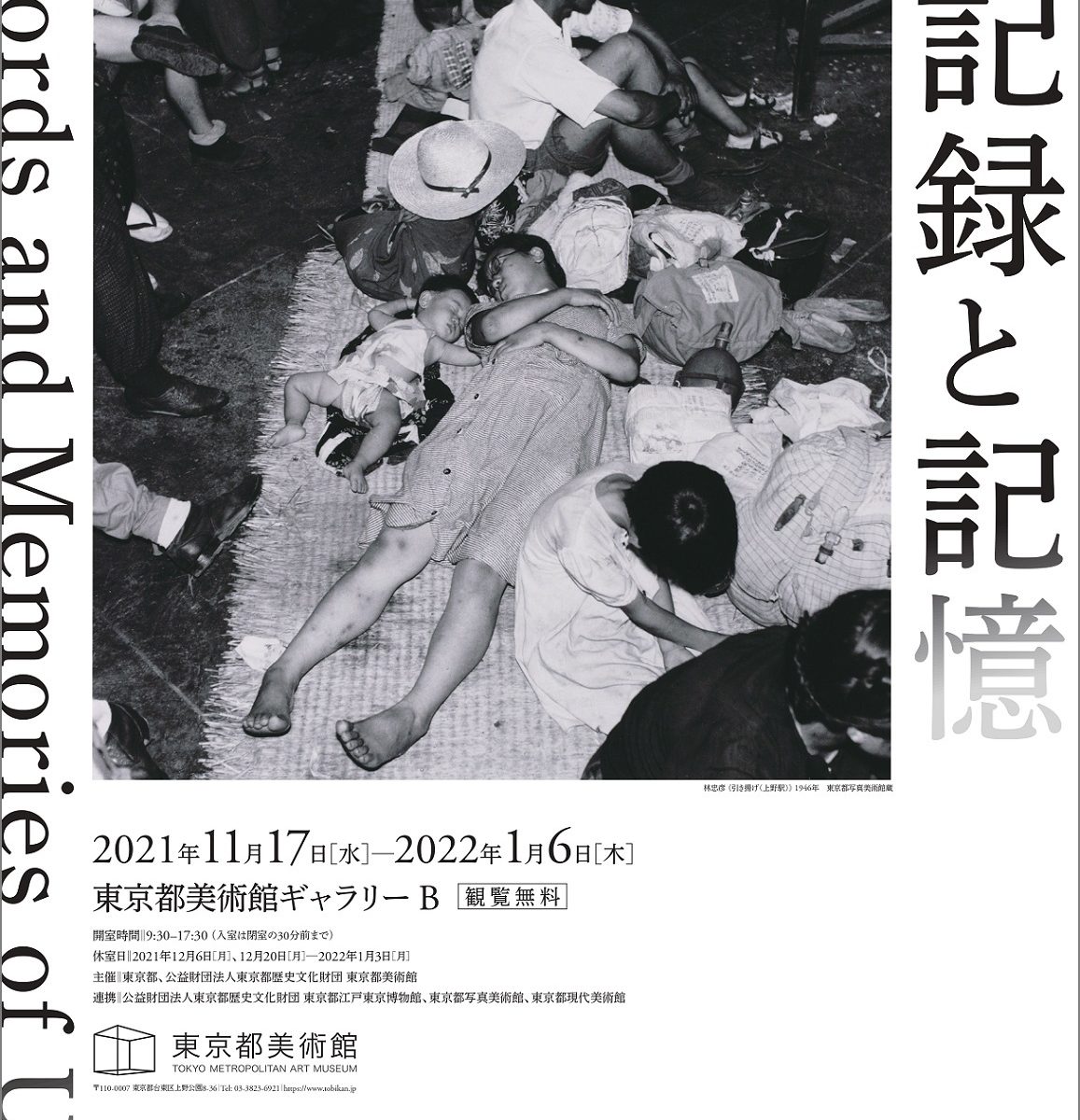Tokyo Metropolitan Art Museum
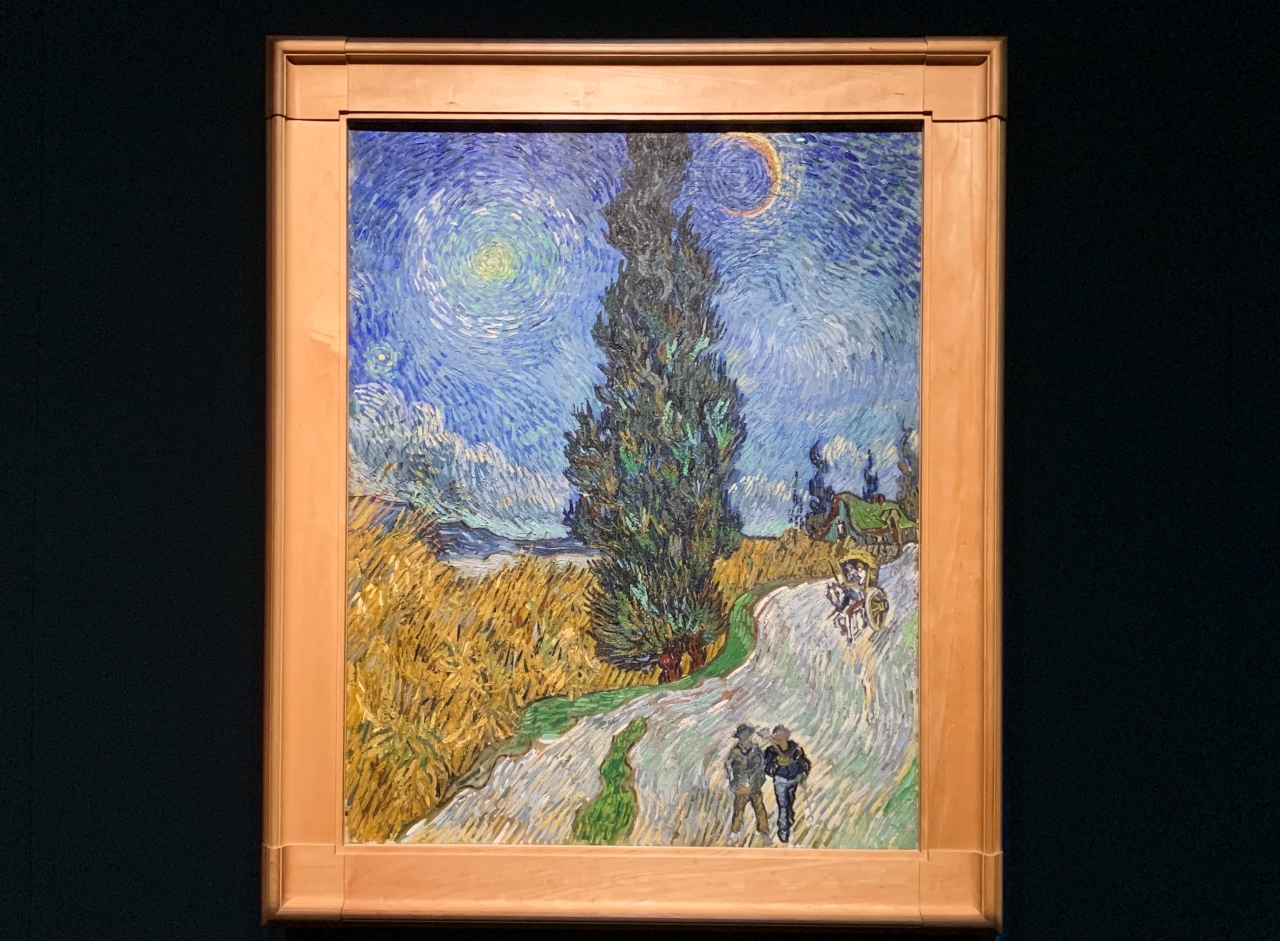
On Saturday, September 18, 2021, “Van Gogh Exhibition-Resonating Souls Helene and Fincent” opened at the Tokyo Metropolitan Art Museum in Ueno, Tokyo. The session is until December 12th (Sun).
An exhibition that highlights the collection of Helene Kröller-Muller (1869-1939), the largest individual collector of Van Gogh’s works. We will report on the venue where popular works such as “Country Road in Provence at Night” and “Yellow House (Street)” are lined up.


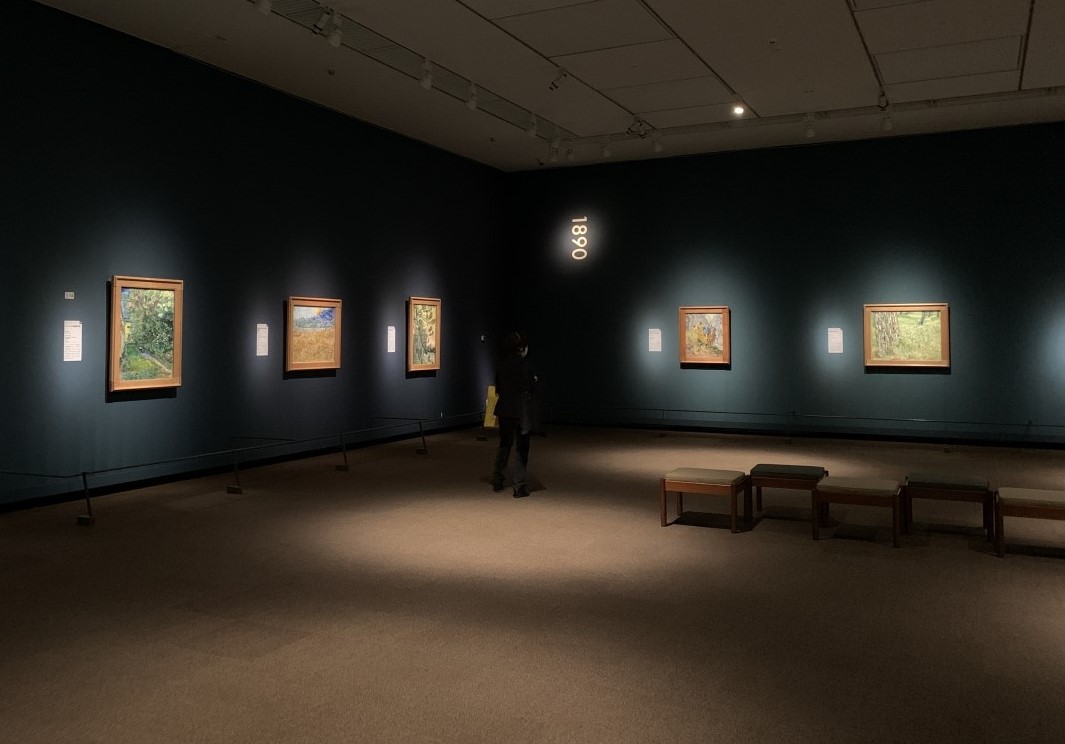
Van Gogh’s popular driving force Helene Kröller-Muller
Vincent van Gogh (1853-1890), who has fans all over the world and is one of the most beloved painters here in Japan.
It is said that he aspired to be a painter at the age of 27 and left about 2,000 works in the 10 years until his life ended at the age of 37. In my lifetime, I couldn’t get fame.
However, he is now positioned as a master of modern art, and his works can be priced in the hundreds of millions or billions. Behind this was the passion of those who recognized the value of his work, preserved it, and worked hard to preserve it for posterity.
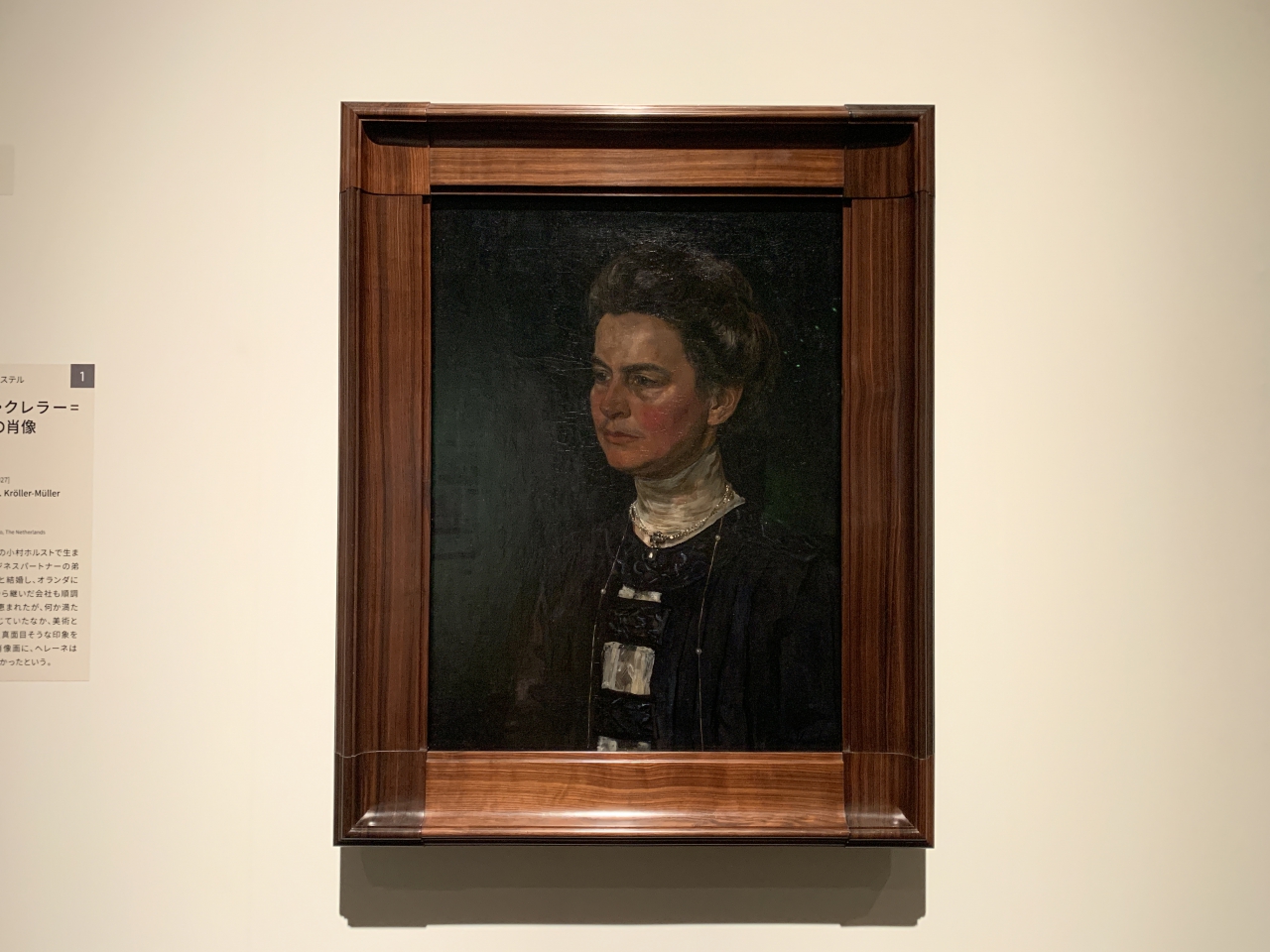
One of the key players who played an important role was Helene Kröller-Muller, who was spotlighted in this “Van Gogh Exhibition-The Resonating Souls Helene and Fincent”.
Helene, one of the leading Dutch wealthy men, has built a huge collection of over 11,000 pieces with her husband Anton, focusing on the works of French and Dutch artists from the 19th to 20th centuries. She felt deep humanity and spirituality in Van Gogh’s work, and collected more than 90 oil paintings and about 180 drawings and prints from the beginning of the 20th century, when Van Gogh was not yet widely evaluated.
This exhibition introduces 48 selected works from Van Gogh’s early to late years’ paintings from the precious art collection of the Kroller-Muller Museum in the Netherlands (opened in 1938), where Helene was the first director. is.
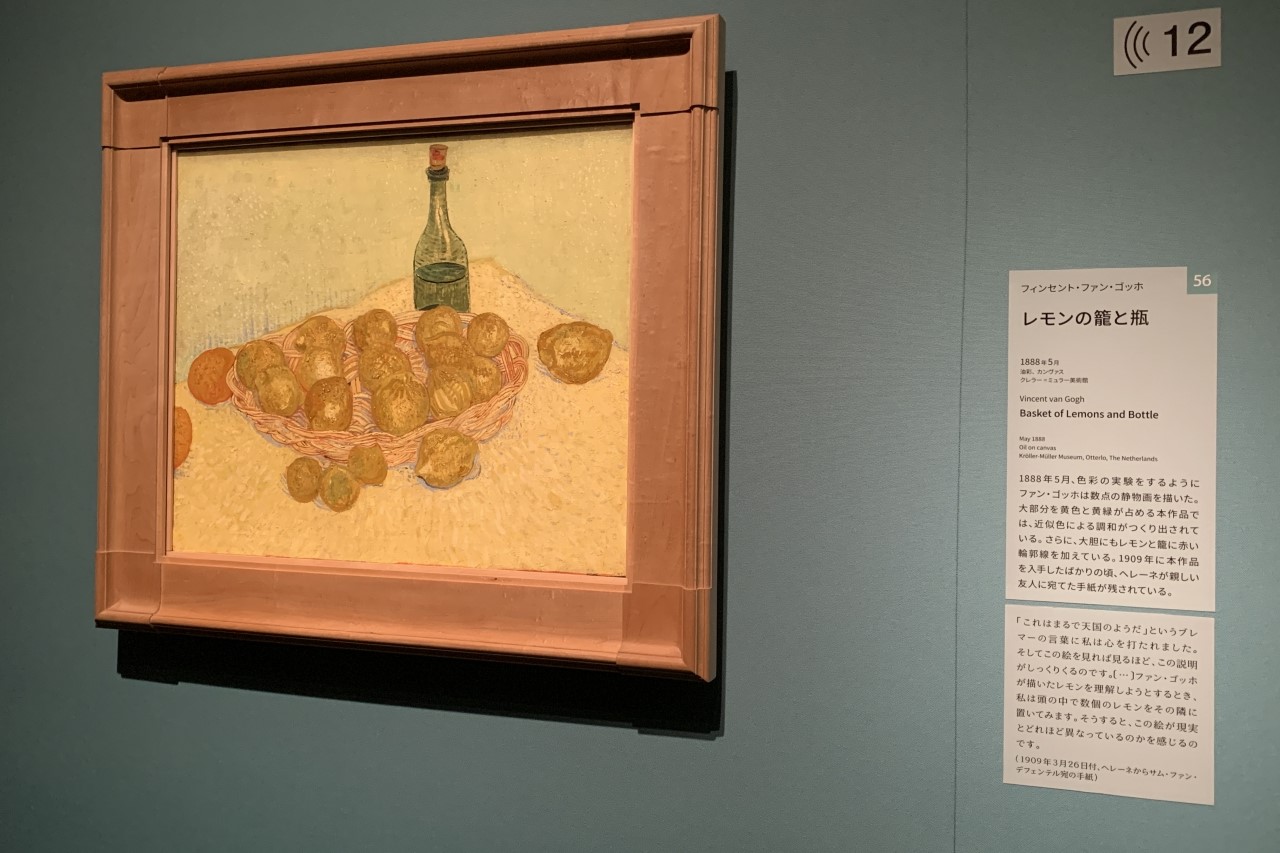
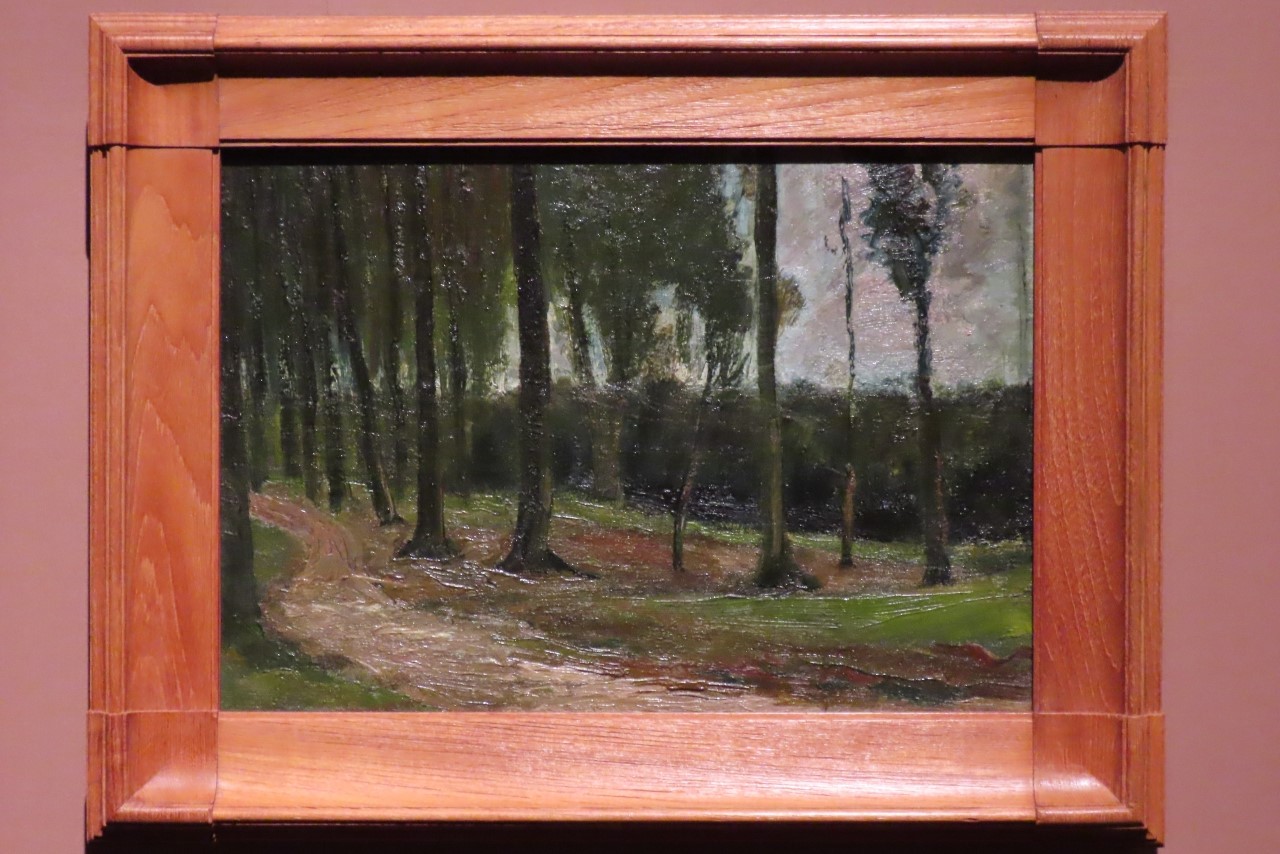
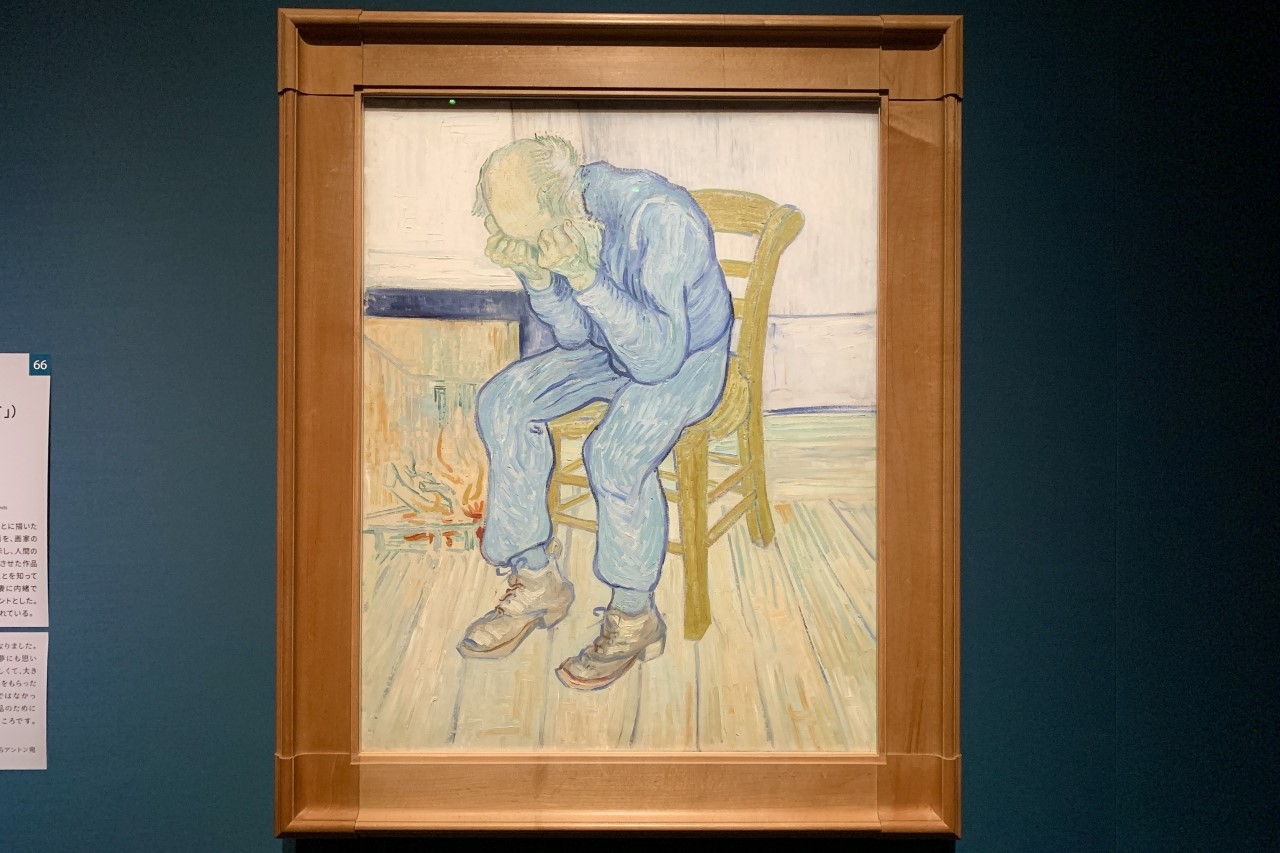
Helene relied on Van Gogh, but Helene himself did not leave a clear word as to why she was so attracted. Mr. Ohashi, the curator in charge of this exhibition, said, “I can’t say for sure, but I felt a very high spirituality in Van Gogh’s art. Also, Van Gogh was born as the son of a minister, but he was on the path to becoming a priest. I think the main reason is the common background that Helene was suffering because she was frustrated and was not accustomed to Christian culture. ”
In addition to Van Gogh’s works, 20 modern Western paintings from the mid-19th century to the 1920s, such as Millet, Renoir, Surah, and Mondrian, which Helene collected particularly enthusiastically, are also exhibited in this exhibition. ..
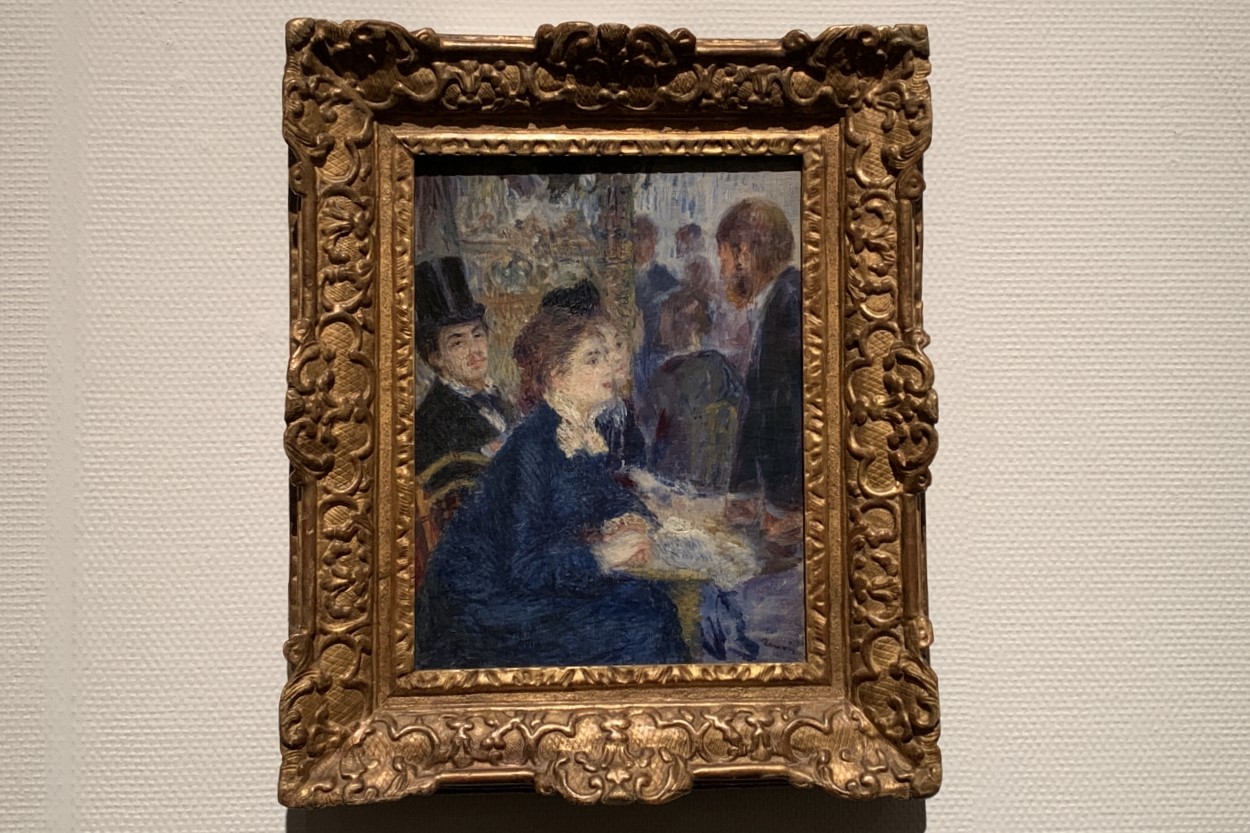
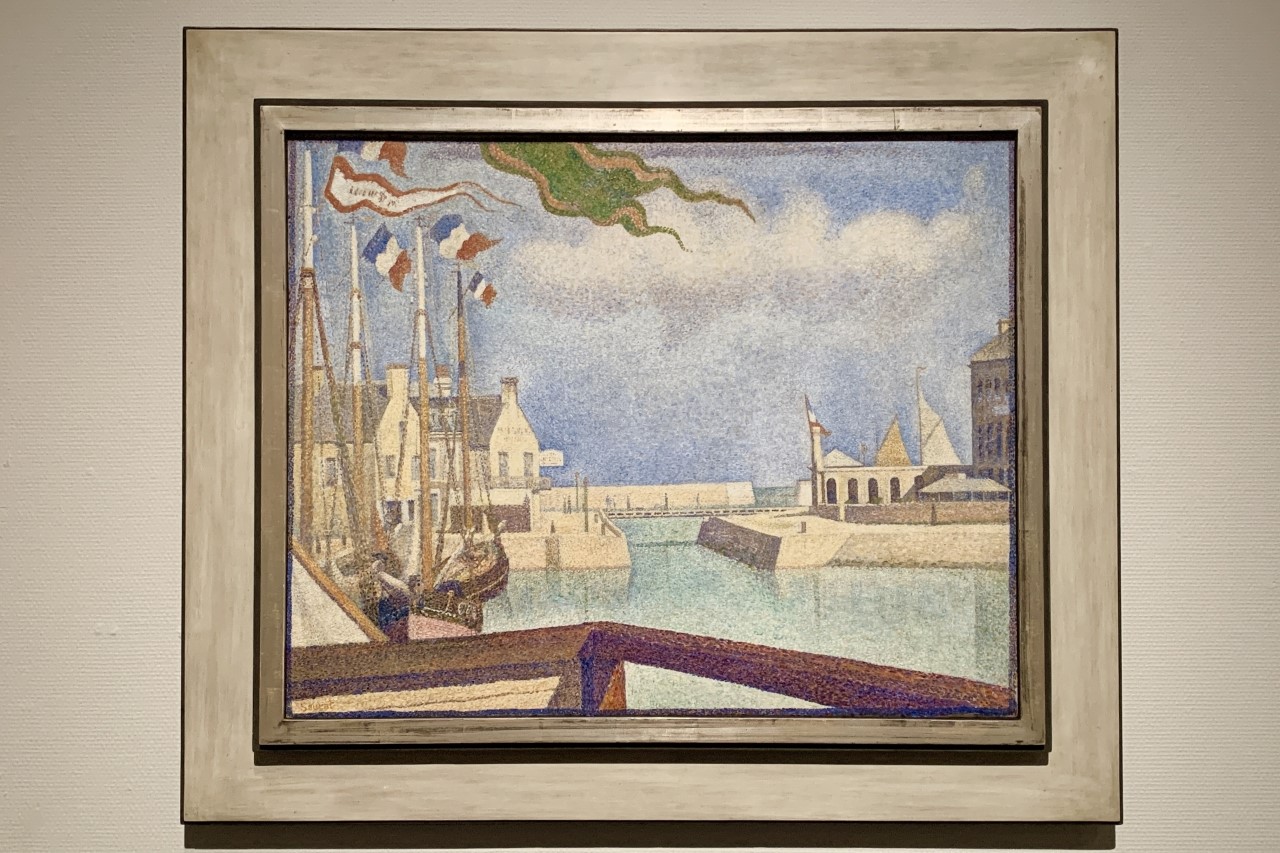
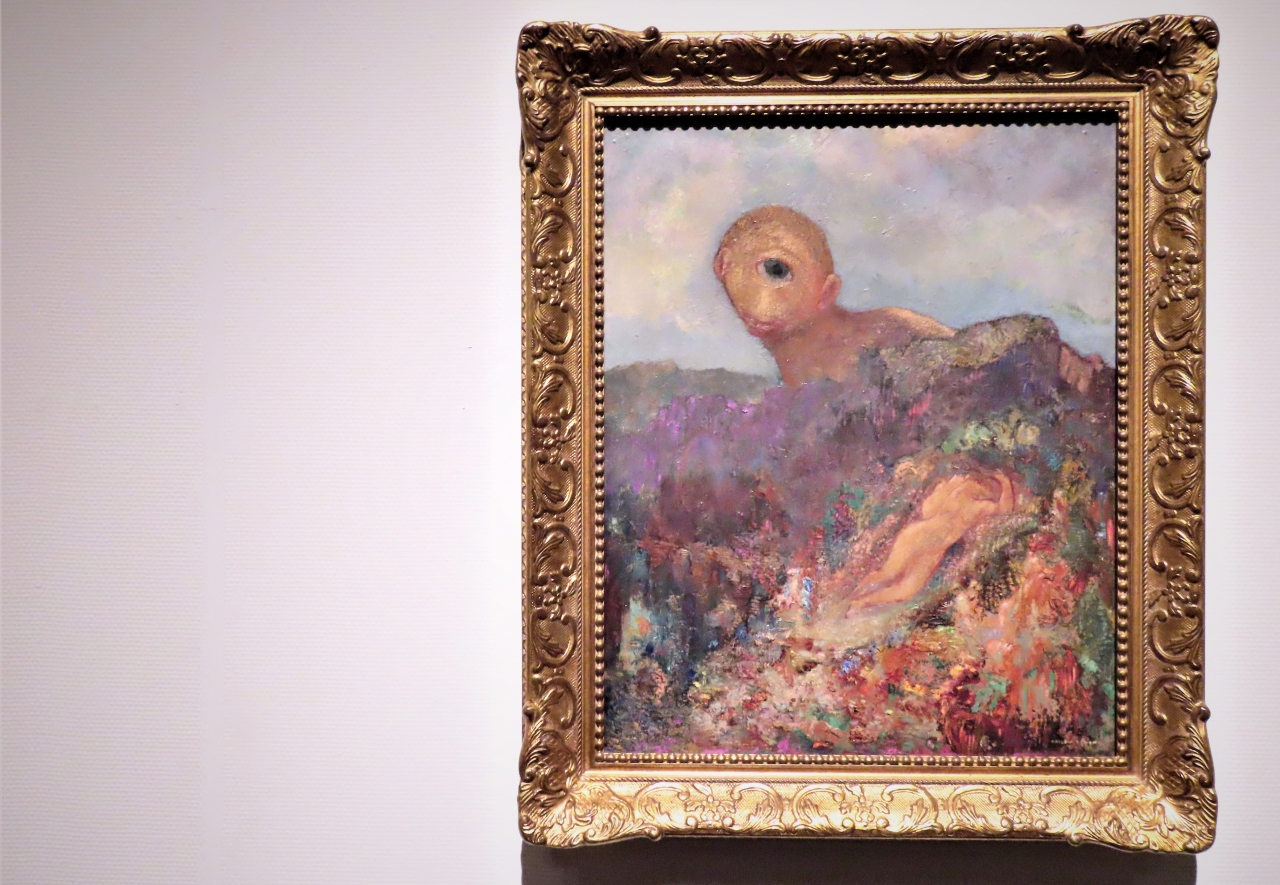
From realism to impressionism, neo-impressionism, symbolism, and abstractionism. Not only does Van Gogh’s work follow the flow of modern painting, which has changed 180 degrees from the realism that depicts it as it is to the focus on the human spirit and emotions, but Van Gogh’s work is a bridge between the changes. It is an exhibition that you can see in.
From these Helene collections, in order to share the excitement she got with people, she systematically built a collection so that she could overlook the outline of Western art, with her lifelong mission to establish a museum from the early stages of collection activities. You can see that.
Visited Japan for the first time in 16 years! Masterpiece of the Itosugi series “Country road in Provence at night”
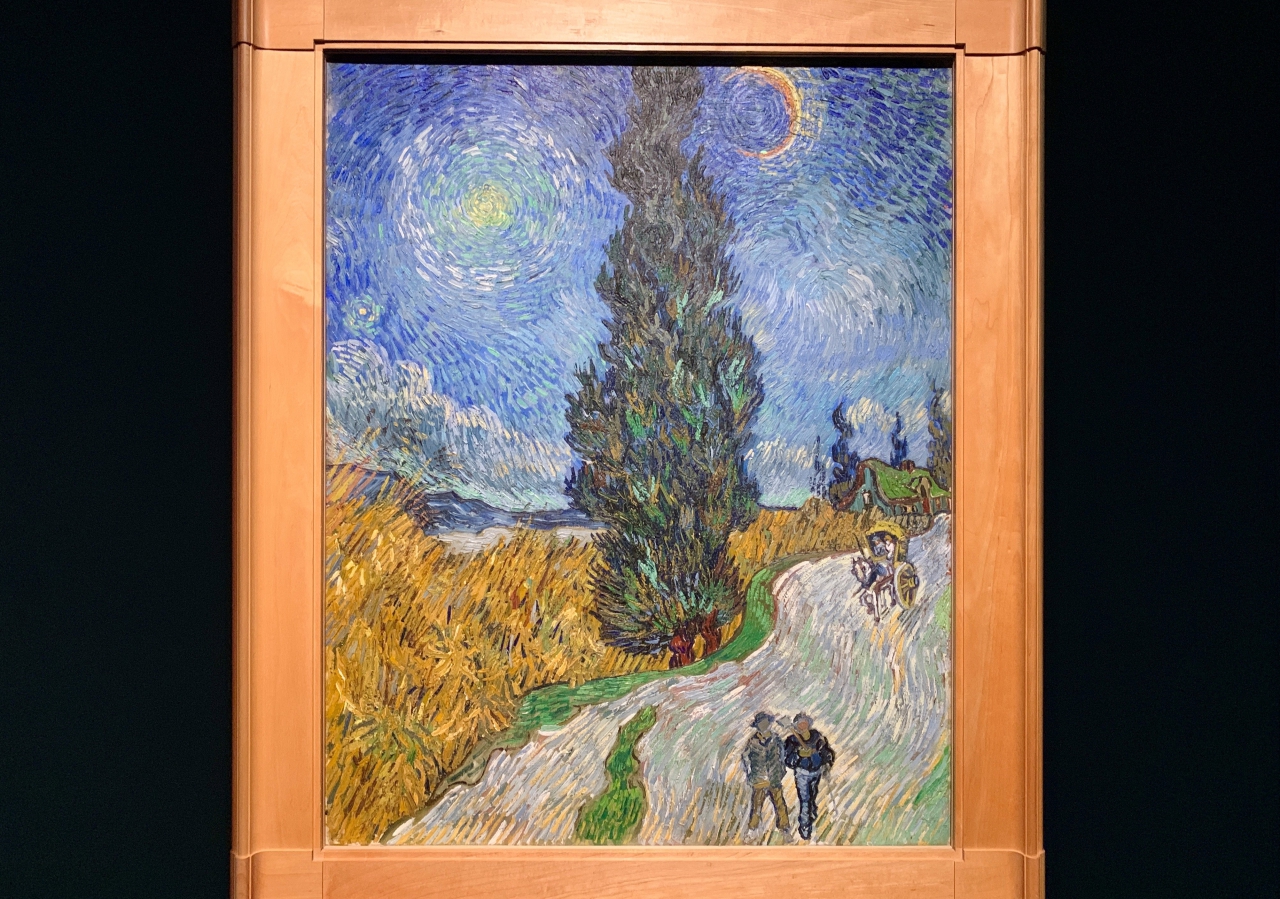
One of the highlights of this exhibition is “Country Road in Provence at Night”, which is the first time in 16 years to visit Japan.
Van Gogh’s masterpiece is a series of sunflowers, but for Van Gogh, who was fascinated by the dark green color and beauty of the cypresses standing in the sunny scenery of the Provence region of Southern France, the cypresses are ” I want to make it a work like <Sunflower> “, and it was an important motif that made me enthusiastic.
Among the dozens of cypresses that he drew while struggling to express the deep green tones, “Country Road in Provence at Night”, which was probably produced at the end of his stay in Southern France, is often called a masterpiece.
The cypress, which stands in the background of the starry night that swells boldly like ripples, is like a burning black flame. Van Gogh himself likens the beauty of the shape of the cypresses to an Egyptian obelisk, but he is overwhelmed by the majestic presence of an obelisk that exudes awe of nature.
A dramatically changing style of painting. From what we know to “Van Gogh”.
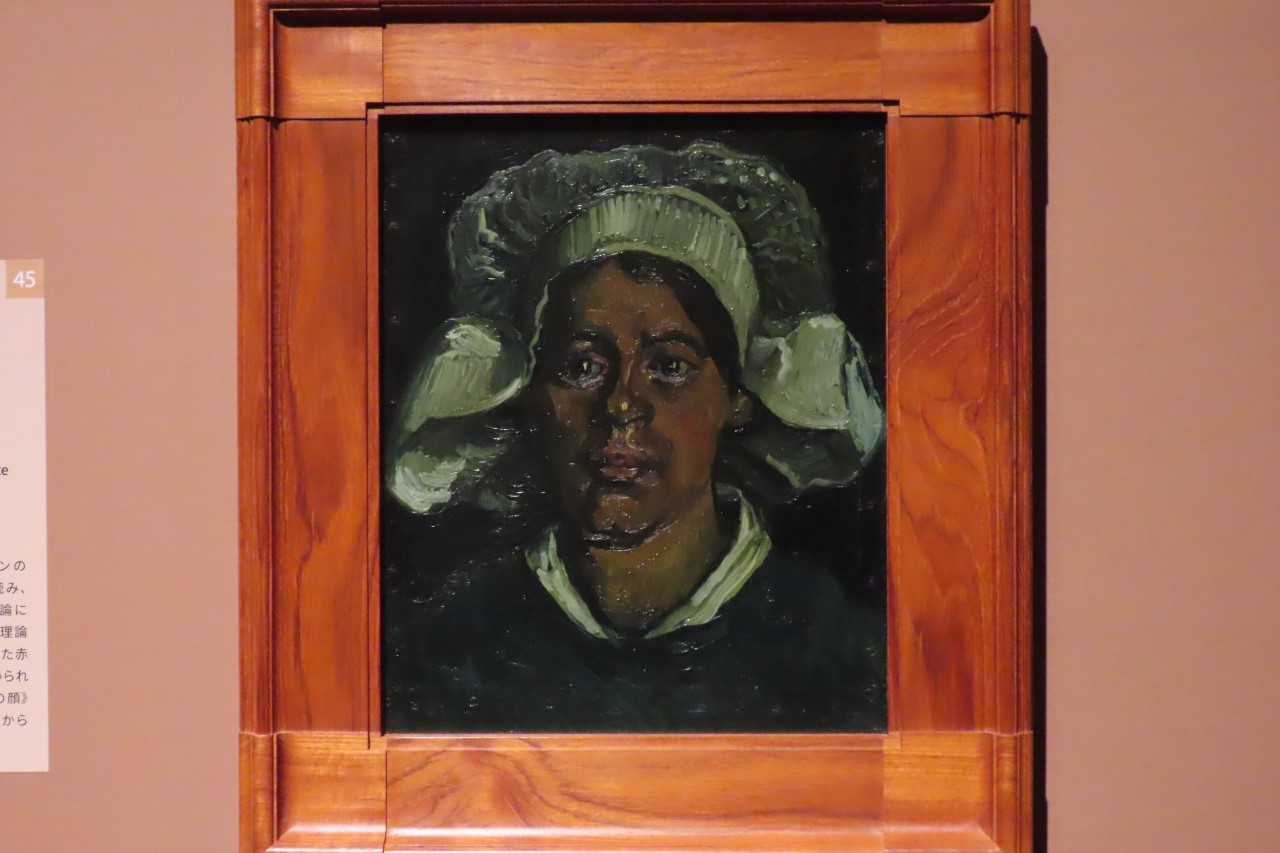
I think that many people cite “vivid colors,” “swells,” and “extremely thick coating” as the characteristics of Van Gogh’s work, but all of these characteristics have been exhibited since he moved his base from his native Netherlands to France. Born in the latter half of the year. This exhibition introduces Van Gogh’s painting industry, whose style of painting has changed dramatically, in chronological order.
Van Gogh spent five years in the Netherlands since he began his career as a painter in 1880. In the early days, painters called “Hague School” who liked the lives of farmers and fishermen and the landscape of the countryside using dull colors such as gray and brown, and Jean-Francois Millet, who is known as a peasant painter. While being influenced, I hurried to master drawing and eventually made an oil painting.
Through the painting industry, I continued to have a keen interest in the cycle of harvesting and the transition of the four seasons, from sowing, which I thought was a symbol of nature, especially infinity and eternity. From the exhibition, we can see that they carefully picked up themes such as the appearance of workers working in rural areas while being closely related to nature, the facial expressions of their poverty, and sadness and grief.
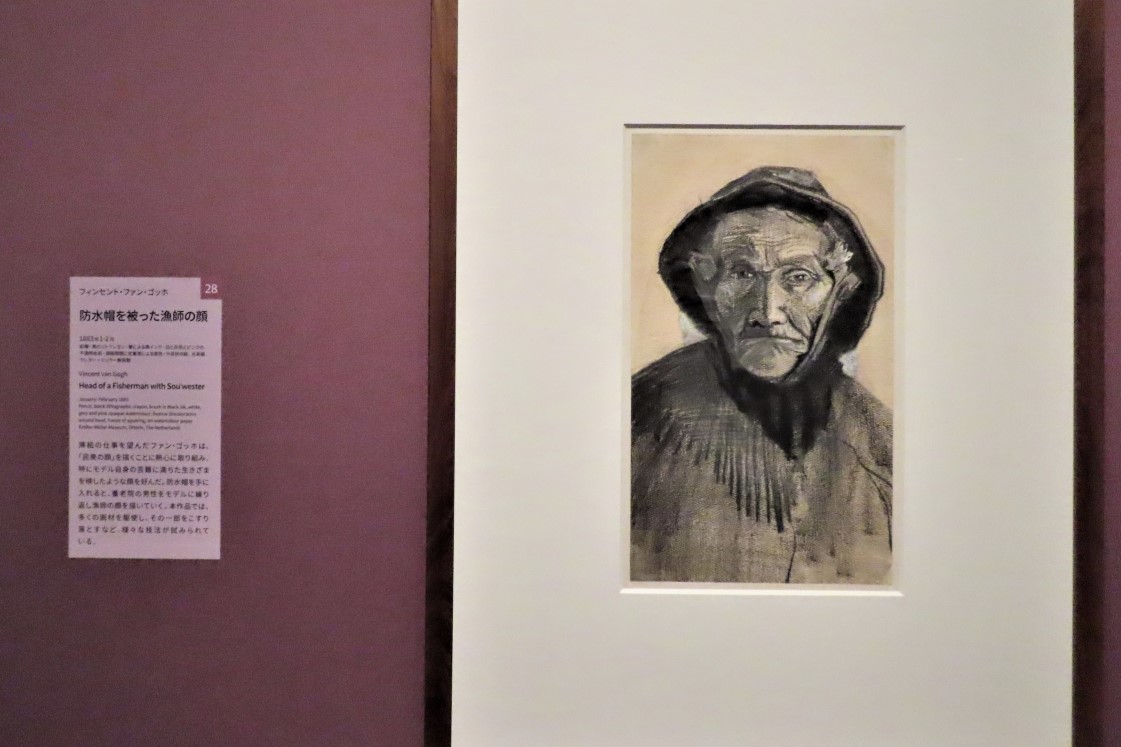
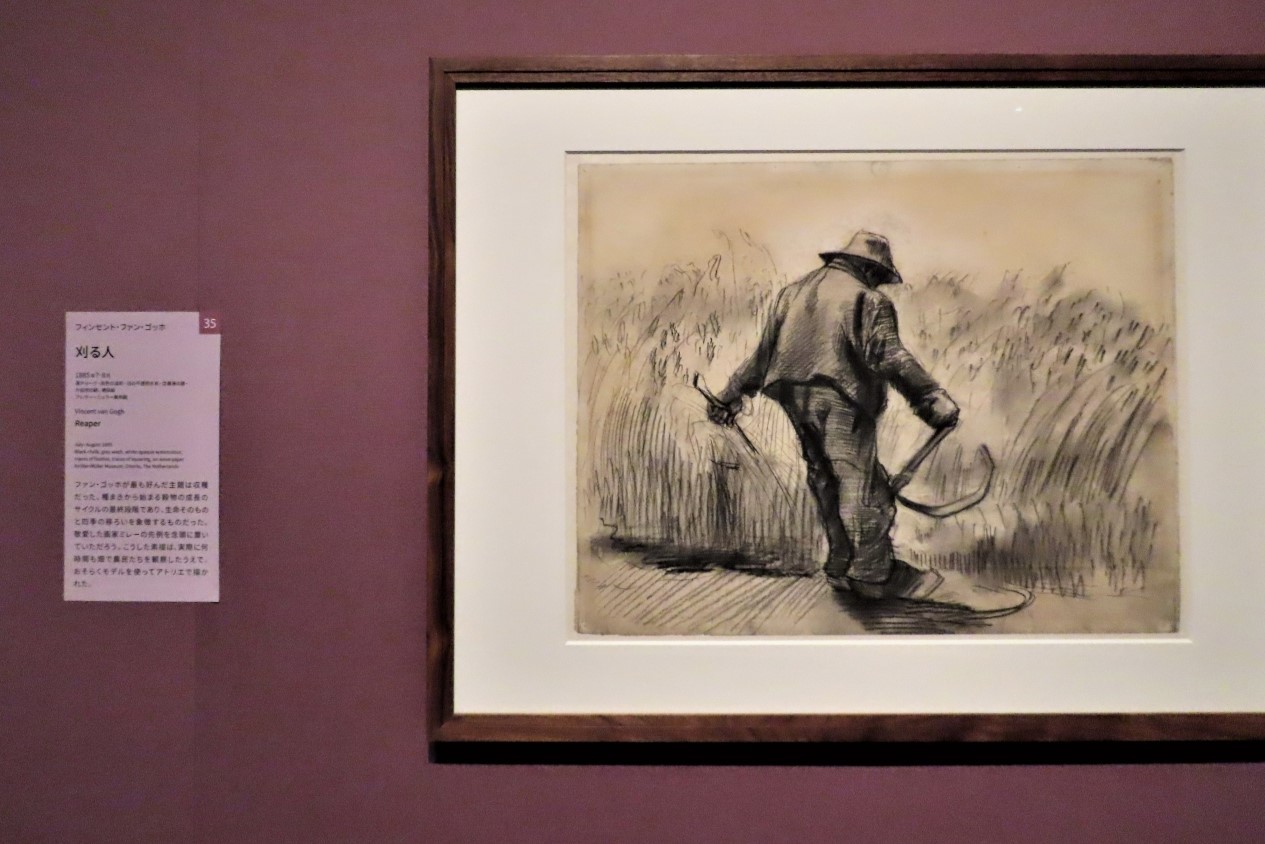
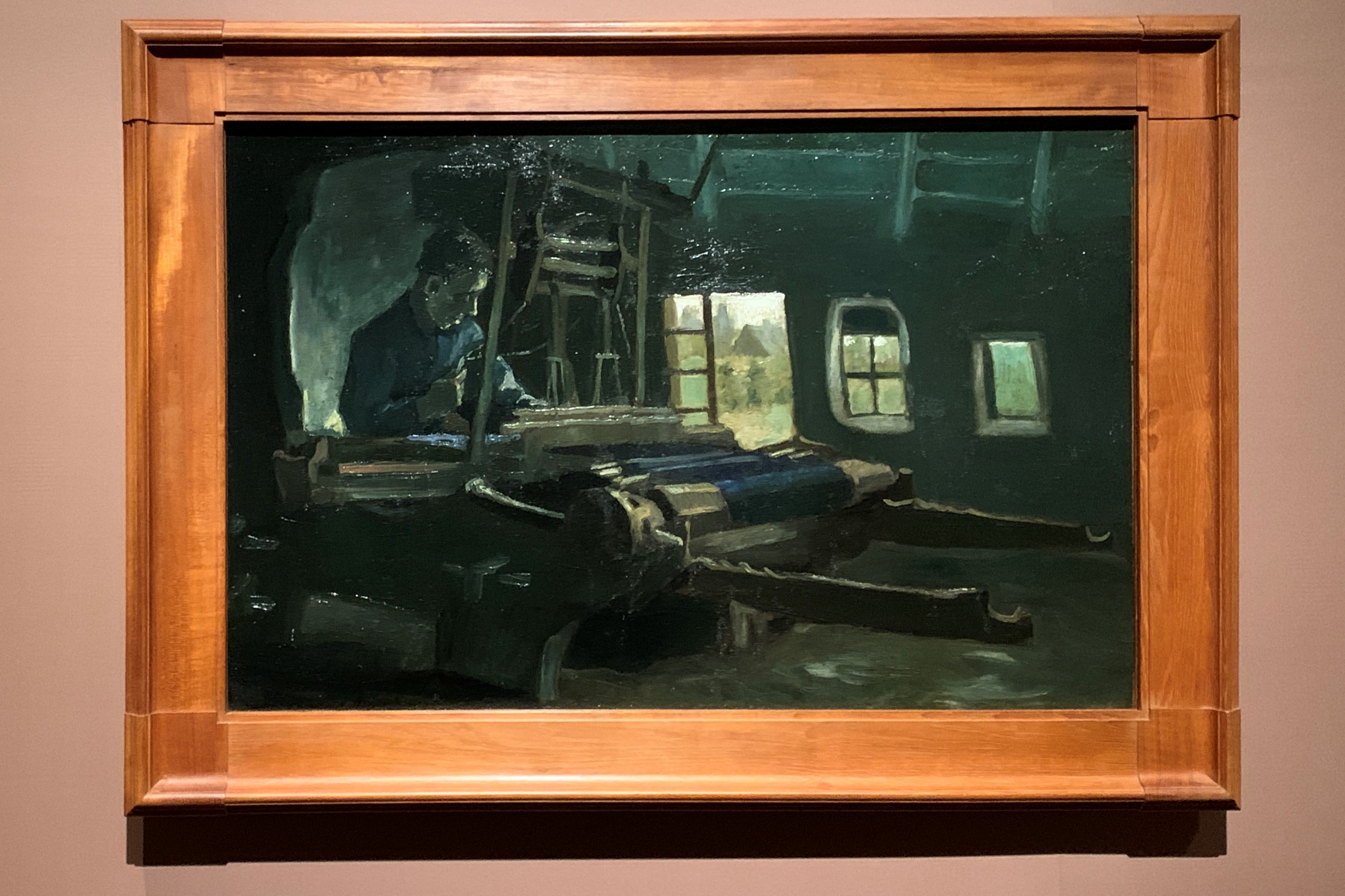
In 1886, Van Gogh headed to Paris, France, and was shocked by the Impressionists, Neo-Impressionists, and Japanese ukiyo-e prints he met there, and his style changed dramatically.
Subsequent works will be rich in color and the screen will become brighter. Please note that we have begun to adopt the pointillism technique by brush stroke division to prevent color turbidity by arranging small touches without mixing paints.
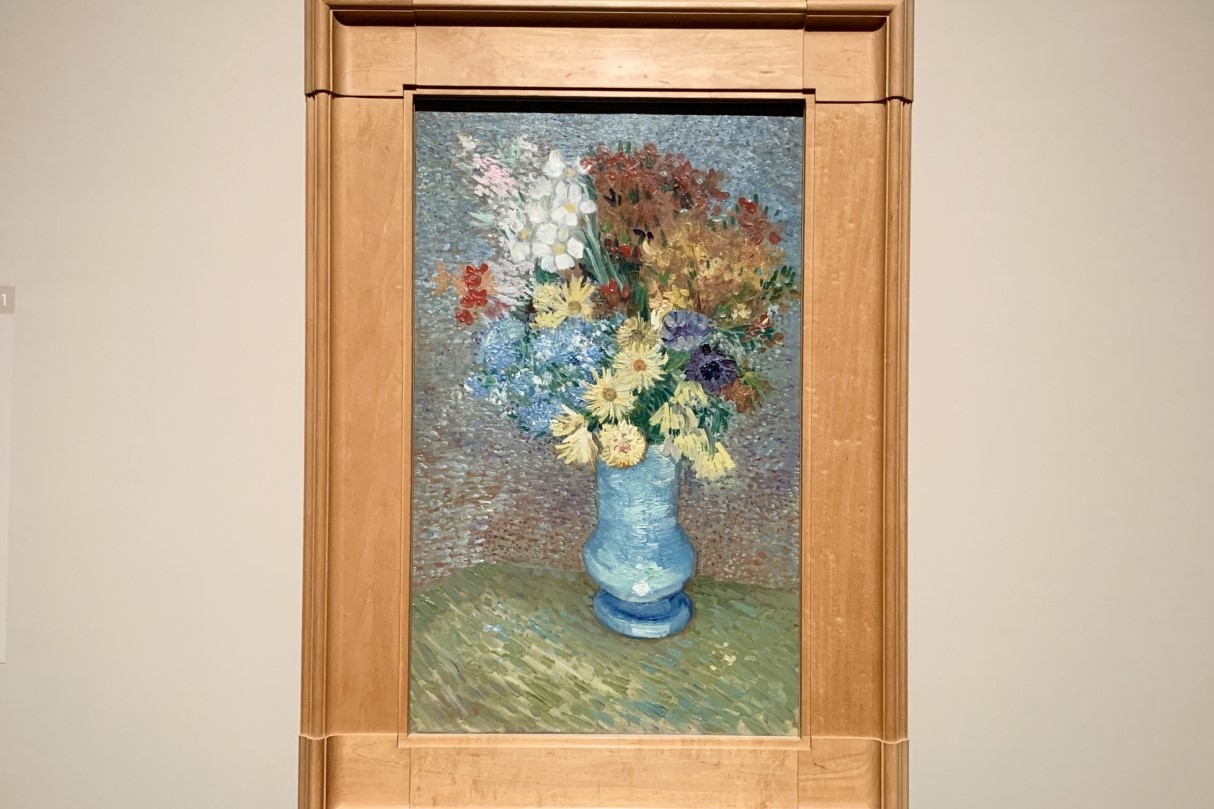

In Arles, southern France, where he moved from 1888, he was fascinated by the bright blue of the sky and yellow as the color of the blazing sun, and enthusiastically repeated experiments on color effects with the combination of complementary colors of blue and yellow. From this area, you can see the process of creating a “Van Gogh-like” expressionist style of painting that many people know, with a sculptural and thick brush stroke that imitates the shape of the object with the touch of a paintbrush.
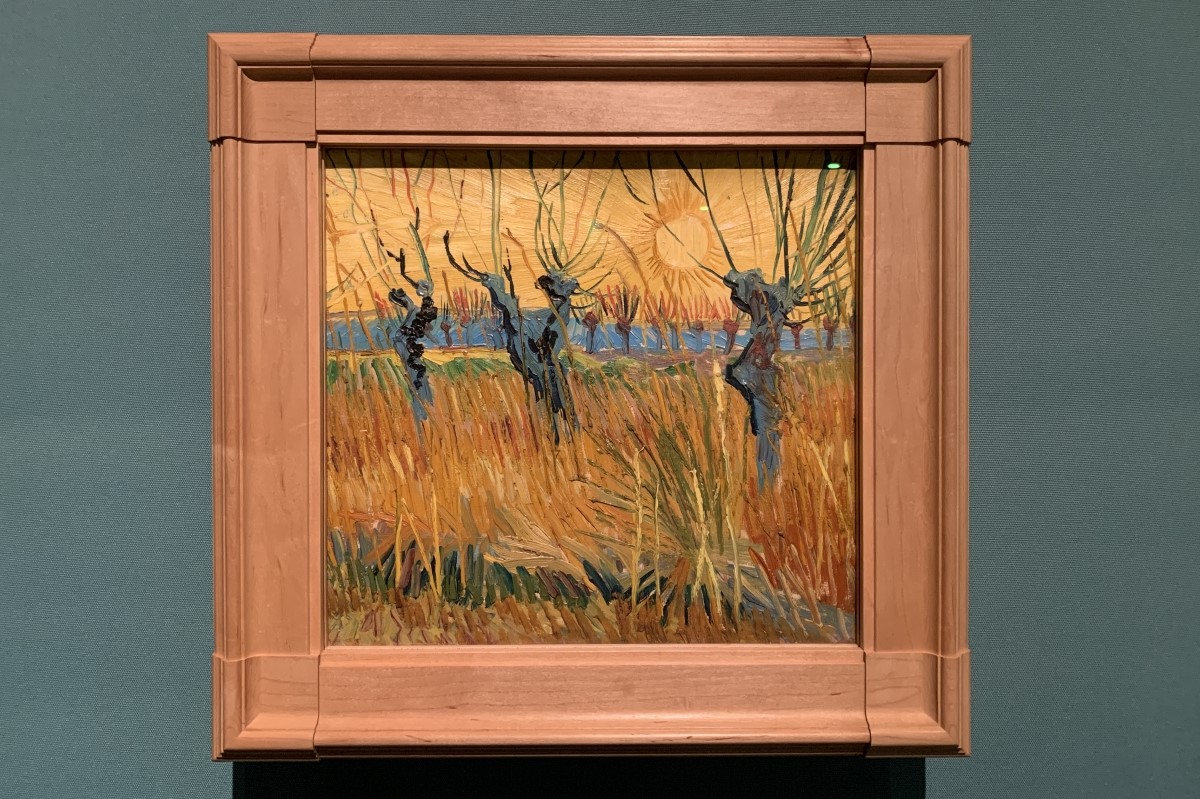
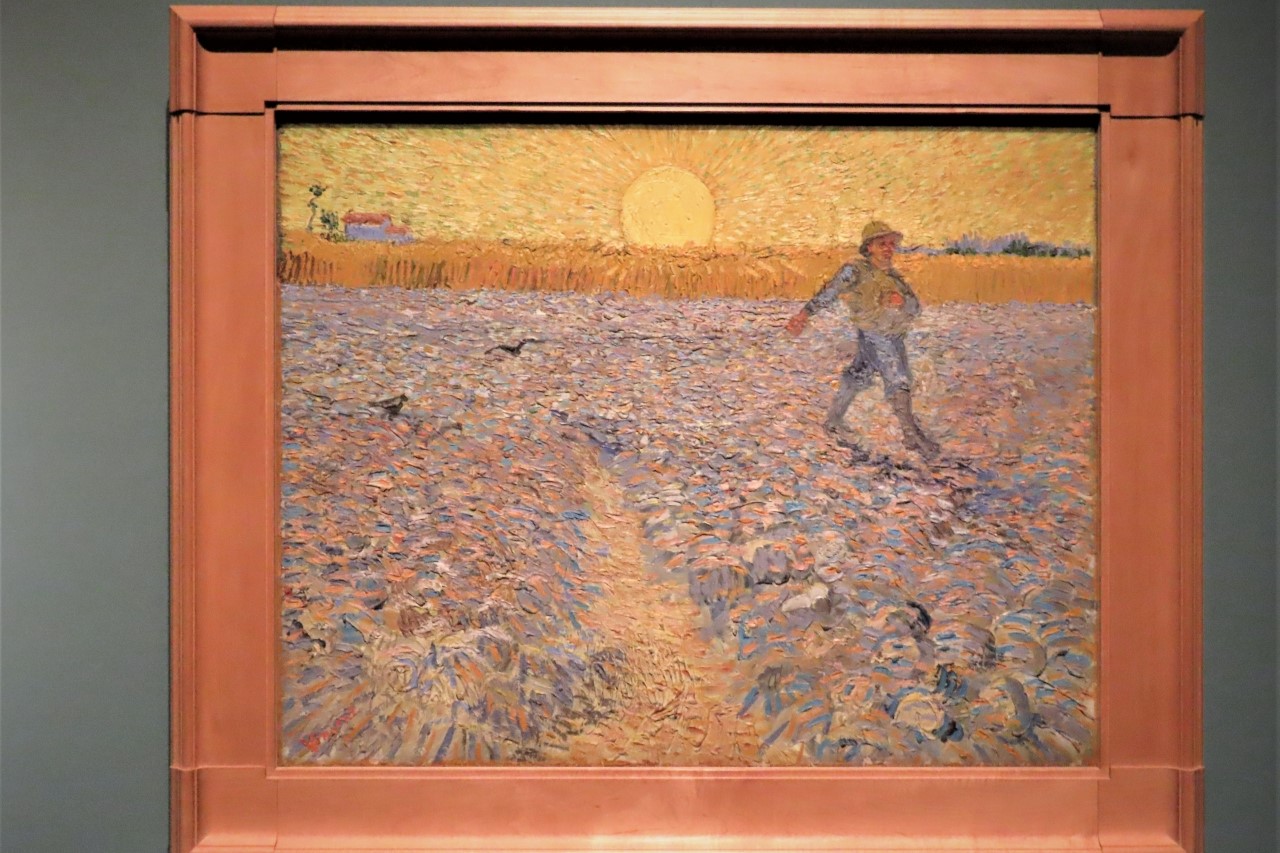
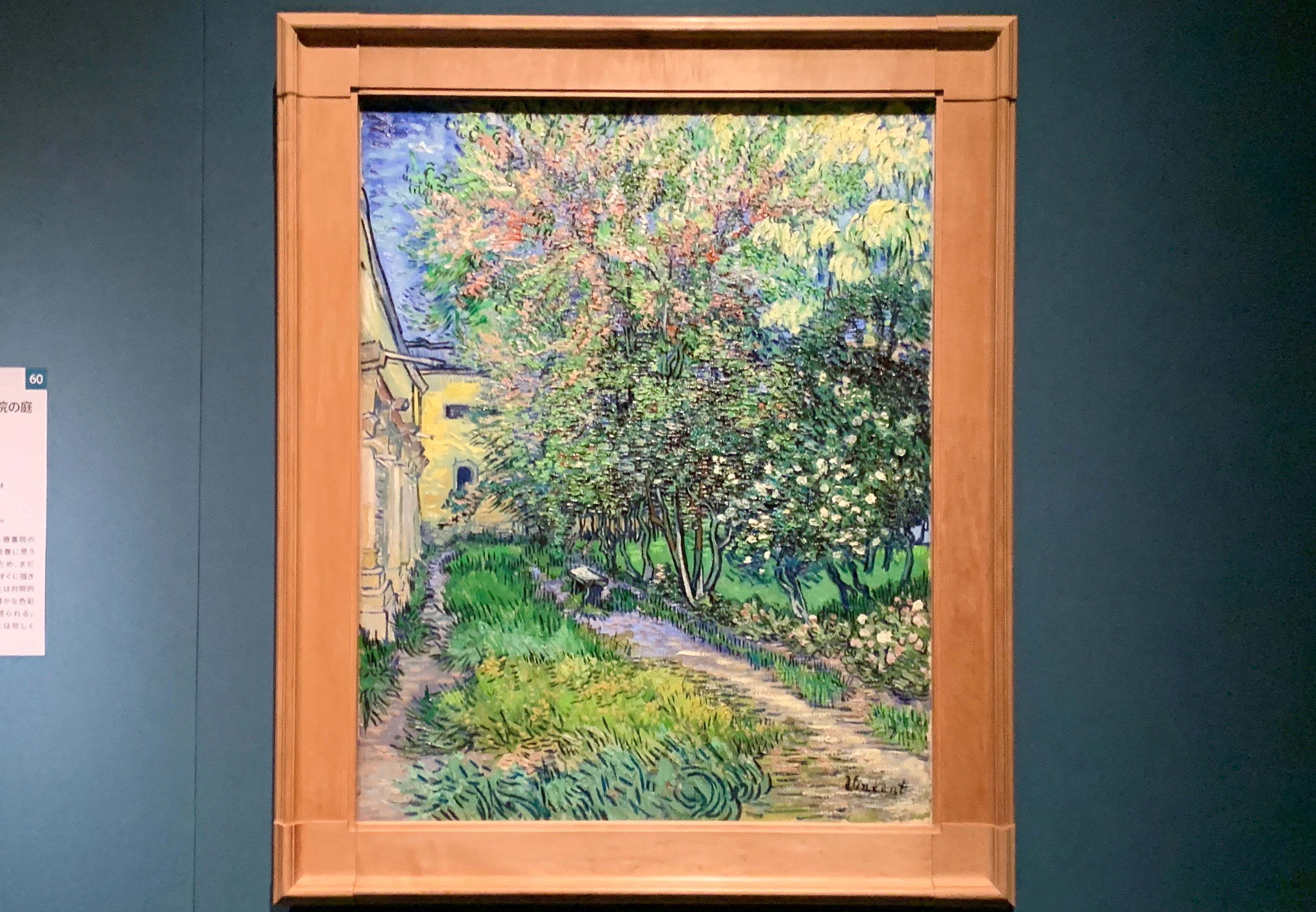
In 1889, while admitted to Saint-Remy’s sanatorium due to illness, he worked on typical Provencal motifs such as the garden of the sanatorium and the surrounding countryside, as well as cypress and olive groves, and devised the expression of “swell”. , Produced masterpieces such as “Country Road in Provence at Night” and the famous “Starry Night”. After moving to Auvers-sur-Oise in northern France in 1890, he continued to produce one piece a day, inspired by the beautiful scenery of the village and its surroundings. It seems that he was also exploring the possibility of a new style of brush strokes.
Van Gogh has been constantly learning from new places and new encounters, and has spent his life holding the brush even if no one understands the work. From Helene’s collection, I was able to witness his belief and passion, “I want to express something soothing like music in a painting.”
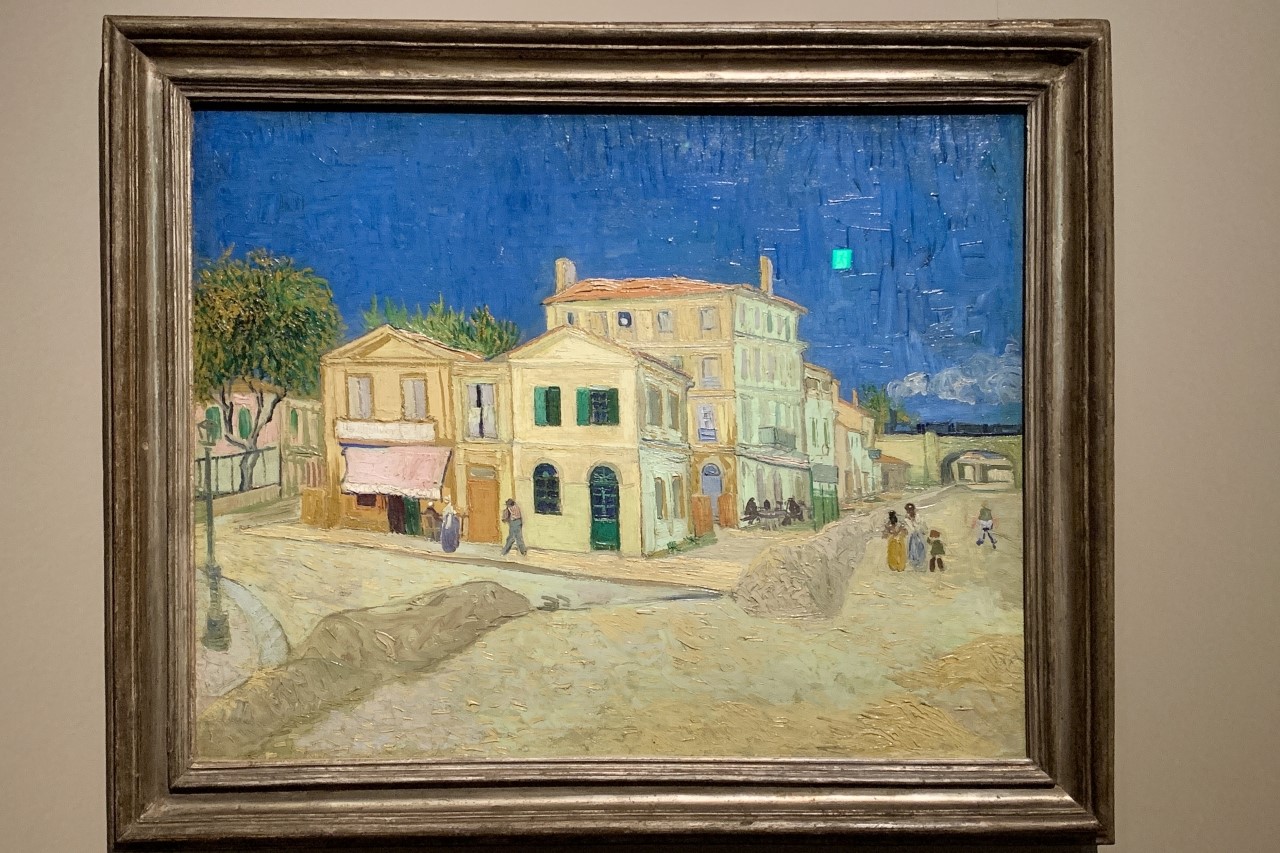
In addition to the works in the Kroller-Muller Museum, this exhibition introduces another great museum in the Netherlands, including four fans from the Van Gogh Museum collection, such as “The Yellow House (Street)”.・ Van Gogh’s works are exhibited.
These works are permanently lent by the Vincent van Gogh Foundation, which was established by his wife Yo after the death of his younger brother Theo, who supported Van Gogh financially and mentally, to prevent the works from being dissipated. .. She was also one of the people who devoted her life to spreading Van Gogh’s art to the world.
The exhibition “Van Gogh Exhibition-The Resonating Souls Helene and Vincent” will be held until December 12, 2021 (Sun).
By all means at this exhibition, while thinking about the fact that many people today have made efforts to preserve and inherit the works of art in the past, we can evaluate and exchange opinions with each other. Immerse yourself in the charm of a rare collection.
“Van Gogh Exhibition — Resonating Souls Helene and Vincent” Outline
| Session | September 18th (Sat) -December 12th (Sun), 2021 |
| venue | Tokyo Metropolitan Art Museum Planning Exhibition Room |
| Opening hours | 9: 30-17: 30 (Enter until 30 minutes before closing) |
| closing day | Monday * However, the room will be open on November 8th (Monday), November 22nd (Monday), and November 29th (Monday). |
| Admission fee | General 2,000 yen, university / vocational school students 1,300 yen, 65 years old and over 1,200 yen * Reservation required by date and time. * Free for high school students and younger. (Reservation with specified date and time is required) Click here for other details ⇒ https://gogh-2021.jp/ticket.html |
| Organizer | Tokyo Metropolitan Foundation for History and Culture Tokyo Metropolitan Museum of Art, Tokyo Shimbun, TBS |
| inquiry | 050-5541-8600 (Hello dial) |
| Exhibition official website | https://gogh-2021.jp |
Tokyo National Museum
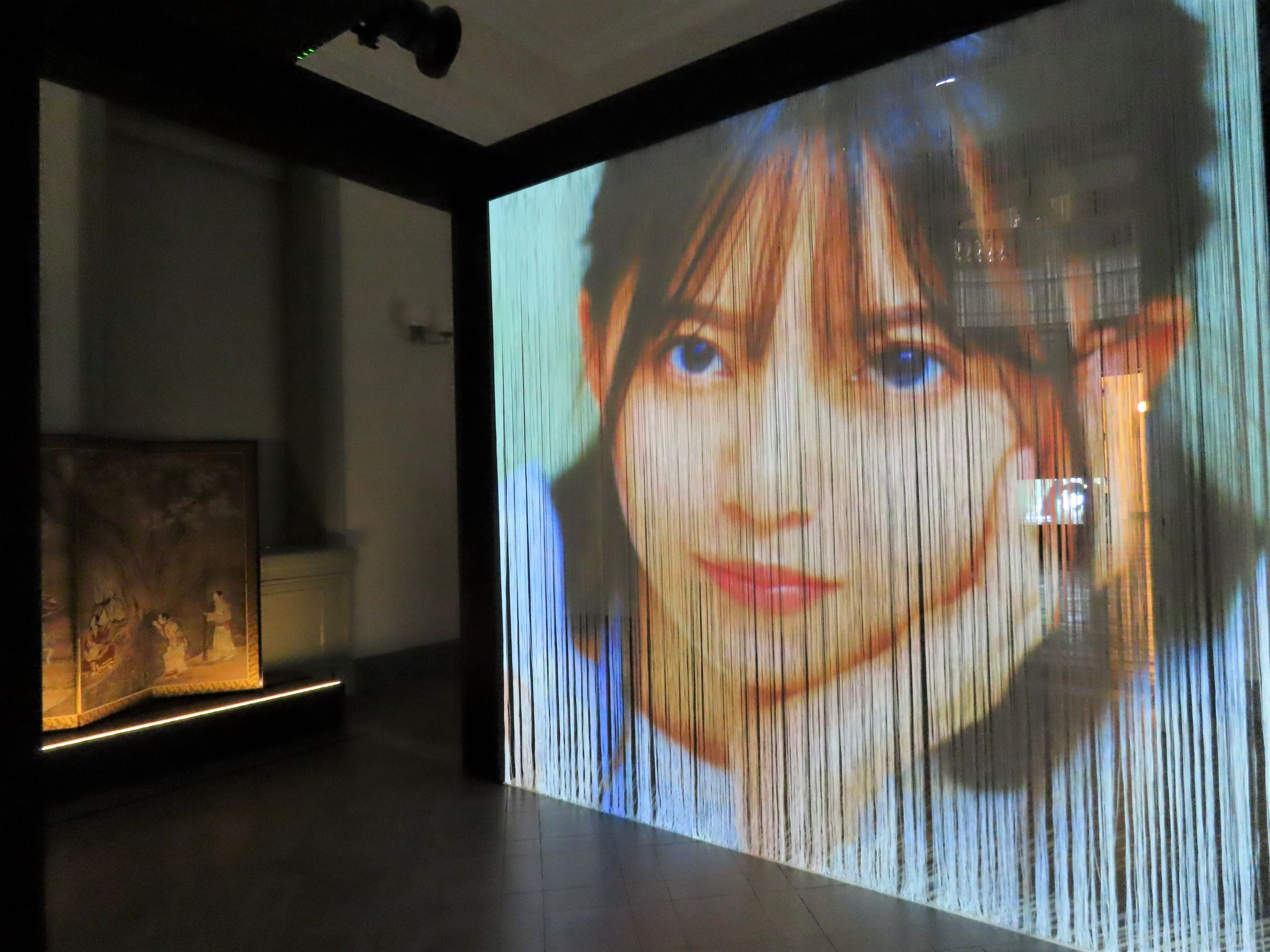
An experimental exhibition will be held at the Tokyo National Museum this fall.
The exhibition, entitled “Four Seasons,” fuses the traditional Japanese sensibilities entrusted to the flowers of the four seasons with the modern pop icon Nogizaka46. How did the seven filmmakers who challenge this exciting theme bring out the essence of Japanese art through Nogizaka46? We will report on the state of the preview held in advance and introduce our efforts.
“Classic x modern” challenged by Nogizaka46
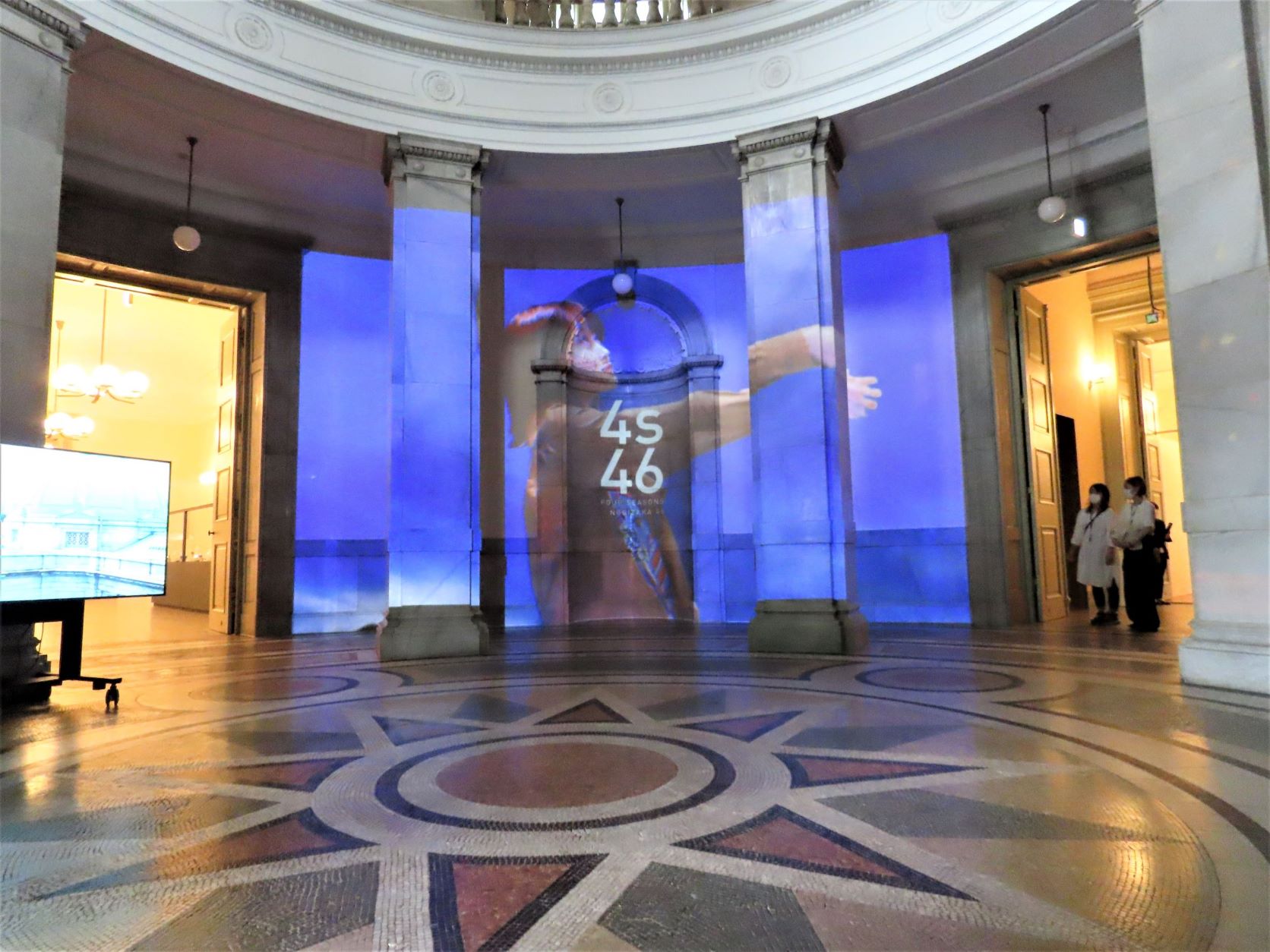
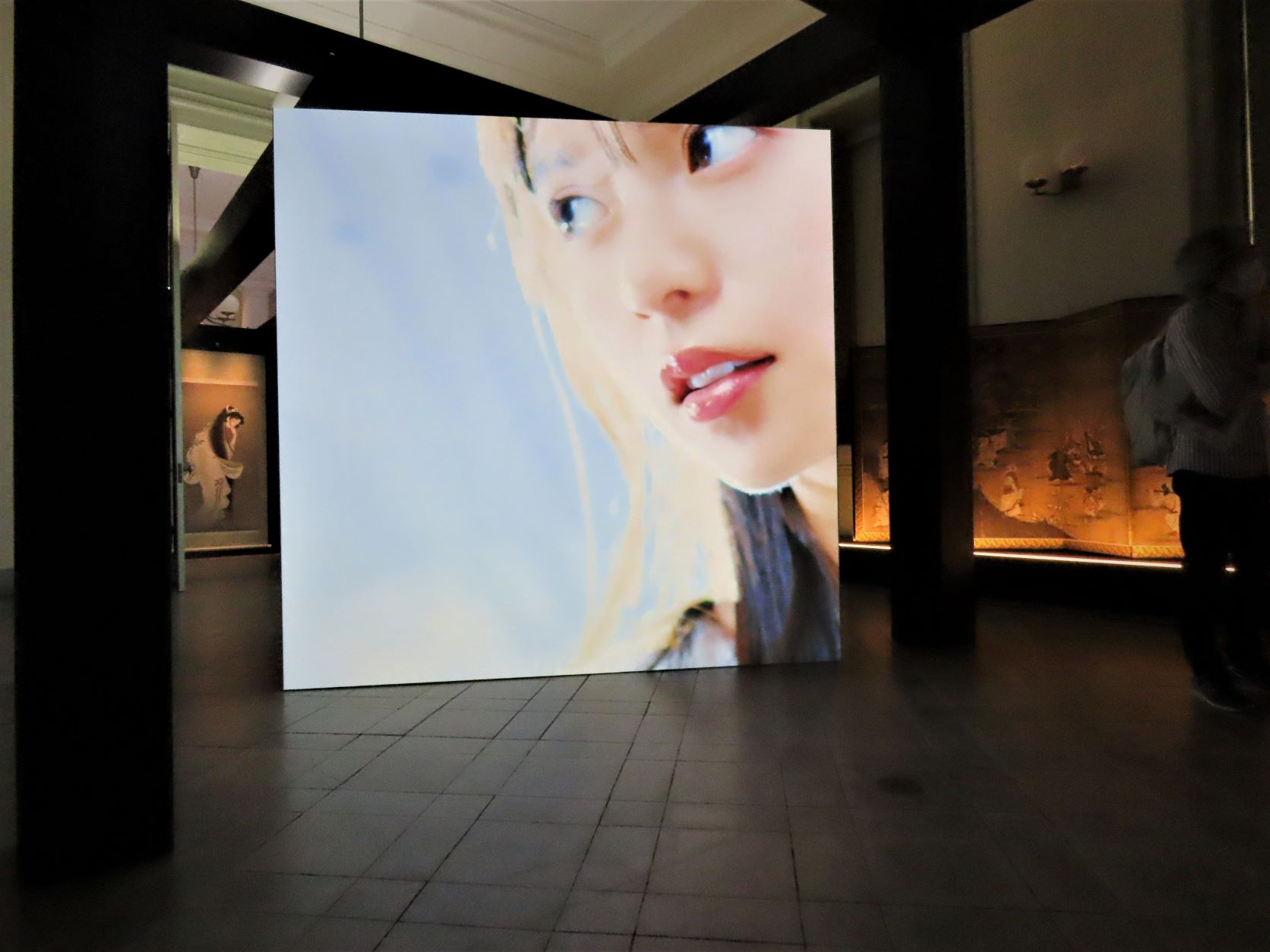
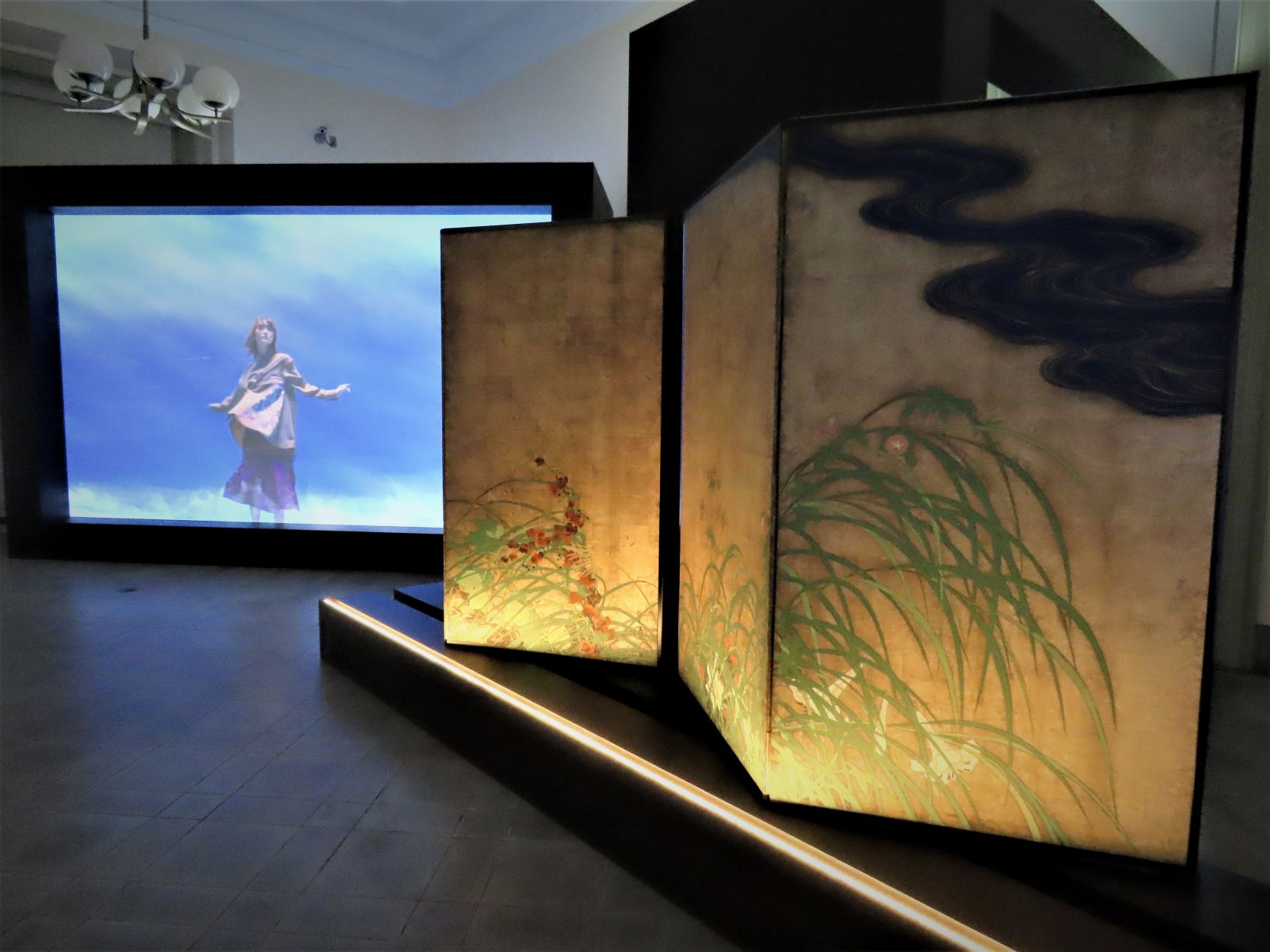
From Saturday, September 4, 2021 to Sunday, November 28, 2021, “Spring, Summer, Autumn and Winter / Four Seasons Nogizaka46” is being held at the Hyokeikan of the Tokyo National Museum.
The core of the theme of this exhibition is “classical x contemporary” of Japanese art.
When it comes to “Japanese art,” I think there are many people who feel that young people are somehow far away. However, the nature, seasons, and seasonal flowers depicted there still exist. I love nature and try to portray it in a way that is familiar to me.
The National Museum thought that Nogizaka46, which has gained tremendous support from a wide range of generations, would be a bridge between such ancient Japanese aesthetics and young people. This is because Nogizaka46 is the one who spreads the calm daily life and the nature around us as a visual starting from “songs” and entrusts hope there.

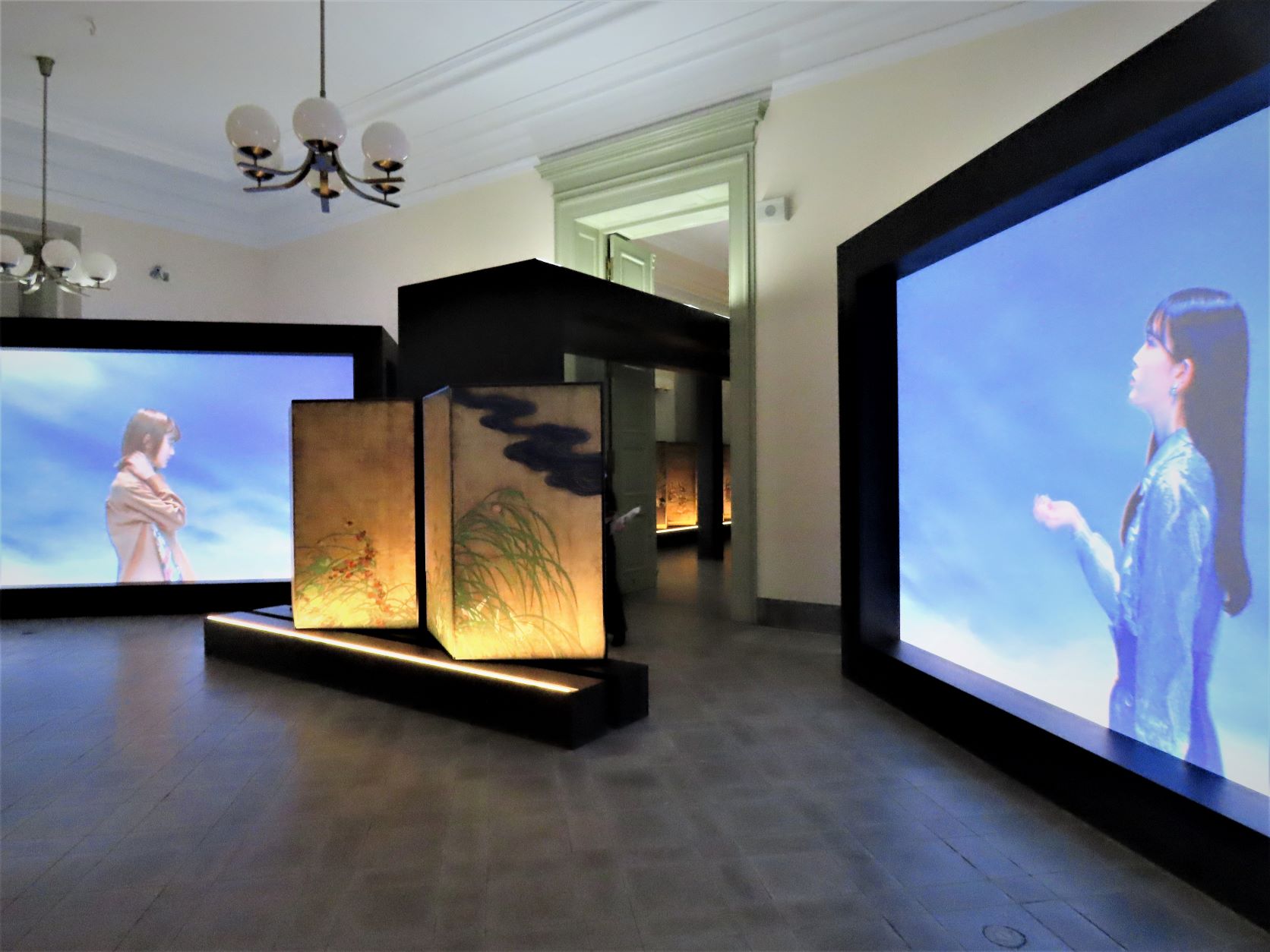
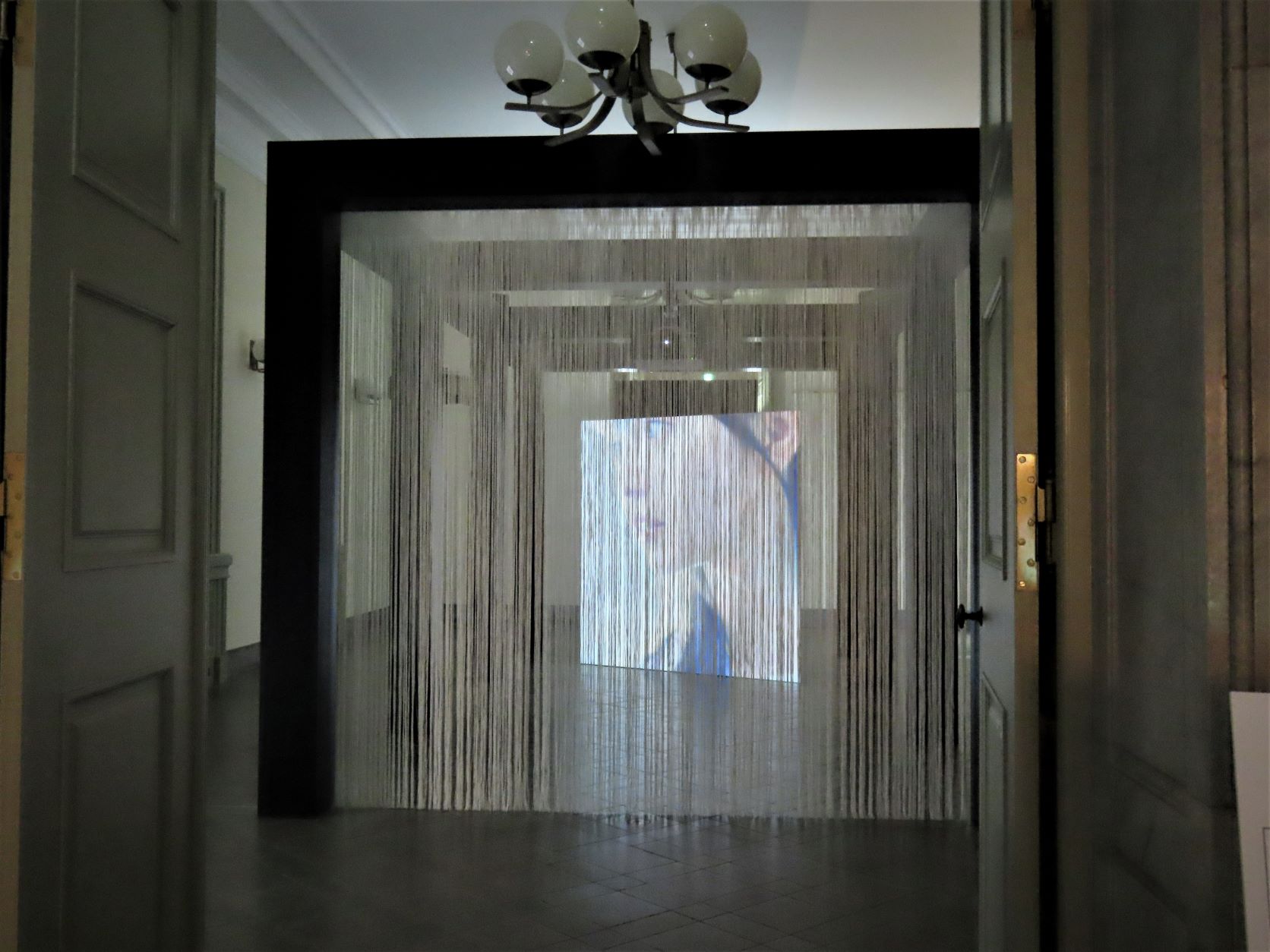
In this exhibition, 7 pieces of Japanese art (reproductions) depicting seasonal flowers will be exhibited. Seven filmmakers independently interpret the work that can be said to be the “essence” of Japanese art, and develop it as a large-scale installation.
For example, the opening “Perspective Expression of Japanese Painting” by Asuka Saito is a work based on Naganobu Kano’s “Hanashita Yuraku Folding Screen” , but it is taken up here and reinterpreted in the same painting. It is a perspective that can be seen.
The mechanism of “Hanashita Yuraku Folding Screen”, which creates the experience of watching the spring feast held outdoors through the curtain, is reproduced by projecting the image in layers through the slit curtain. It is a work positioned as “a reinterpretation of the classics” by the filmmaker Takuro Okubo. In this way, what is shown in the exhibited works is a little rule code necessary to understand Japanese art.
A flower named “everyday” expressed by Nogizaka46

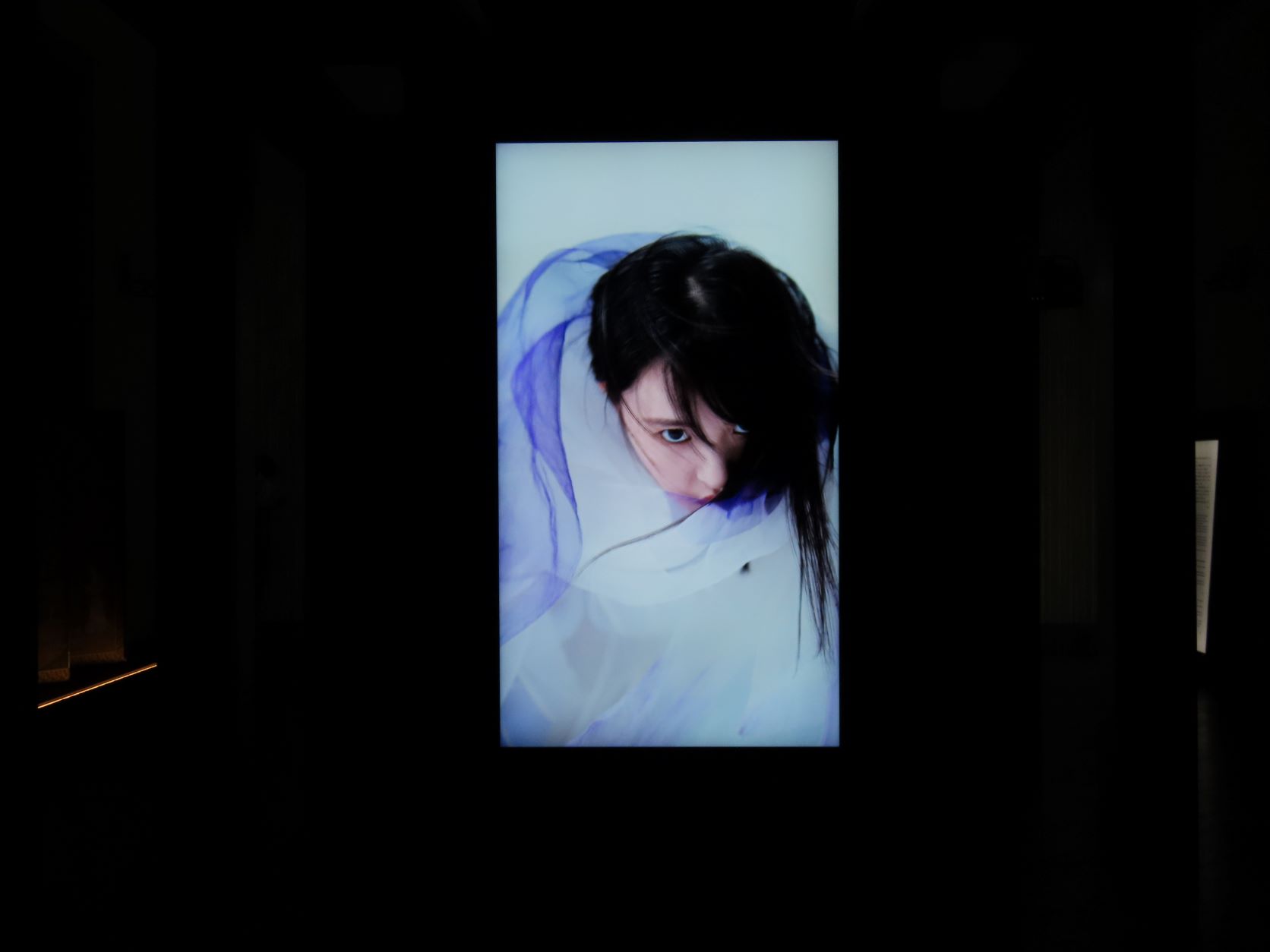

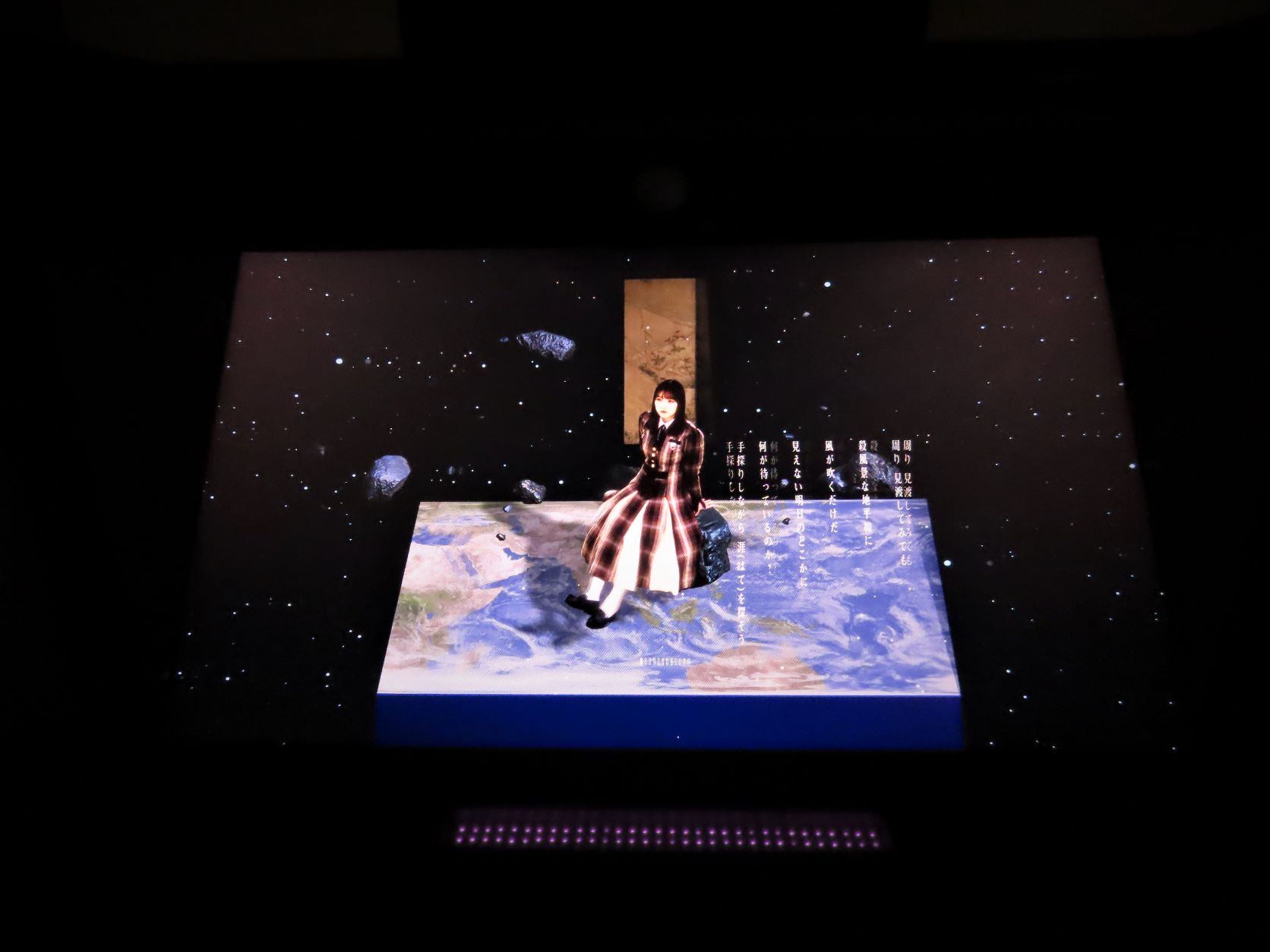
However, the girls in Nogizaka are more than just a reflection of the creator’s intentions. When I actually appreciate the work, there are moments when it seems that their existence has a truth that goes beyond the expectations of the writers. It may be possible to realize it because it is an installation format.
Personally, I was impressed by Sakura Endo in “Mysterious Beauty” (written by Kazuma Ikeda). I’m not familiar with Nogizaka46, so I was honestly surprised if there was an idol who could create such a bewitching atmosphere. This is a work with the motif of “Flame”, which depicts the spirit of Lady Rokujo by Uemura Shoen, but the costumes and hair movements that occur every moment due to her butoh are truly youkai.
In addition, the lyrical nature of Haruka Kaki in “Hidden Landscape” is also wonderful, and one of the charms of this exhibition is that each Nogizaka member can fully enjoy the charm that is different from usual.
The exhibition will end on November 28, 2021 (Sun).
The moment when traditional Japanese art connects with us living in the present through a filter called Nogizaka46. It’s very exciting.
By all means, I would like to recommend that you actually experience it at the venue.
Outline of the event
| Session | September 4, 2021 (Sat) -November 28, 2021 (Sun) |
| venue | Tokyo National Museum Hyokeikan |
| Opening hours | 9: 30-17: 00 Friday and Saturday from 9:30 to 20:00 (Admission is 60 minutes before closing) |
| closing day | Monday (however, open on Monday, September 20th), Tuesday, September 21st |
| Admission fee | General / university students 1,800 yen High school students 1,000 yen Junior high school students and younger, persons with disabilities and one caregiver are free of charge. * To alleviate congestion, this exhibition requires advance reservations (reserved-seat tickets). All customers are required to reserve a reserved-seat ticket for admission. Please check the official exhibition website for details. |
| Organizer | Tokyo National Museum, Cultural Properties Utilization Center, Sony Music Entertainment, Agency for Cultural Affairs, Japan Arts Council |
| Exhibition official website | https://nogizaka-fourseasons.jp |
Article provided by: Kokoshiru Ueno
[Tokyo Metropolitan Art Museum] Online gallery talk release, an exhibition that I want you to see because it is a corona
Tokyo Metropolitan Art Museum
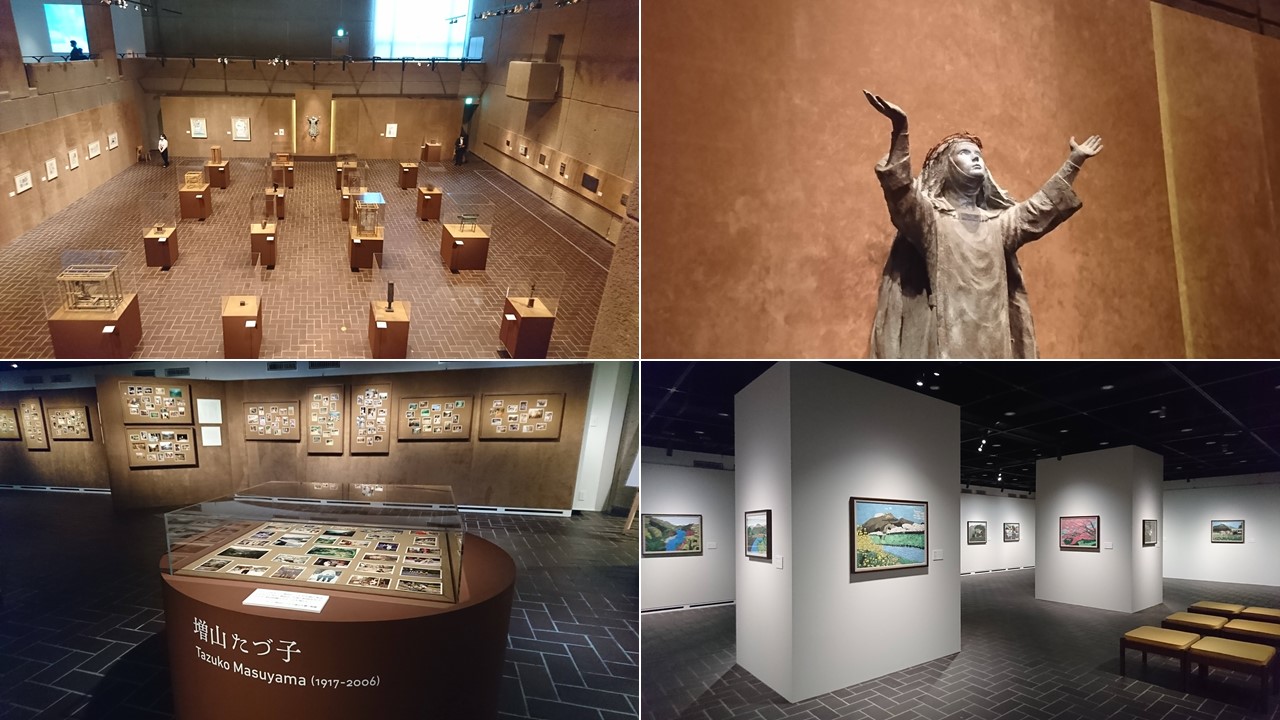
We have released an online gallery talk of the special exhibition “Walls & Bridges, Touching the World, Living the World” (until Saturday, October 9, 2021), which we would like you to see because of the corona.
The exhibition “Walls & Bridges: Touching the World, Living the World” (until Saturday, October 9), which is being held at the Tokyo Metropolitan Art Museum, offers a perspective on the “barriers” that surround oneself with an insatiable passion for expression. Five creators who could transform into a “bridge” that enables This is an exhibition that introduces (paintings) and Jonas Mechas (photos / videos).
From the viewers, “I felt the power,” “I was nailed to my eyes,” “I was happy,” “I was encouraged,” “Healed,” “I was deeply struck,” and “My heart was purified.” We have received many impressions, such as “I would like to express my heartfelt gratitude for having such a rich time.”
I would like you to take a look at this exhibition because it is a corona virus, but now that people are calling for refraining from moving across prefectural borders, many people have said that they cannot go to Tokyo even if they want to. So, since has released a gallery talk by online by the responsible curator, please take a look.
Walls & Bridges Exhibition Gallery Talk (about 15 minutes)

◆ Introduction of catalogs (mail order available) ◆
The exhibiting artists, Katsuyoshi Higashi, Tazuko Masuyama, Sylvia Minio-Paruerlo Yasuda, Zubinek Sekar, and Jonas Mekas, are all creators who have difficulty obtaining a complete collection of works. This catalog, which is also a self-confident work of designer Koichi Matsumoto, is popular for its charming appearance and commitment to changing the paper for each creator. Please enjoy the charm of the work packed in a small book.
(B5 variant, hardcover, 271 pages in total) [Sales price 2,000 yen (tax included)]
* Mail order is also available (additional shipping fee will be charged).
If you wish, please send the catalog price (2,000 yen per book) by registered mail to the following address with the address and name of the destination. (Catalog application address: Tokyo Metropolitan Art Museum Walls & Bridges Exhibition Catalog 03-3823-6921, 8-36 Ueno Park, Taito-ku, Tokyo 110-0007)
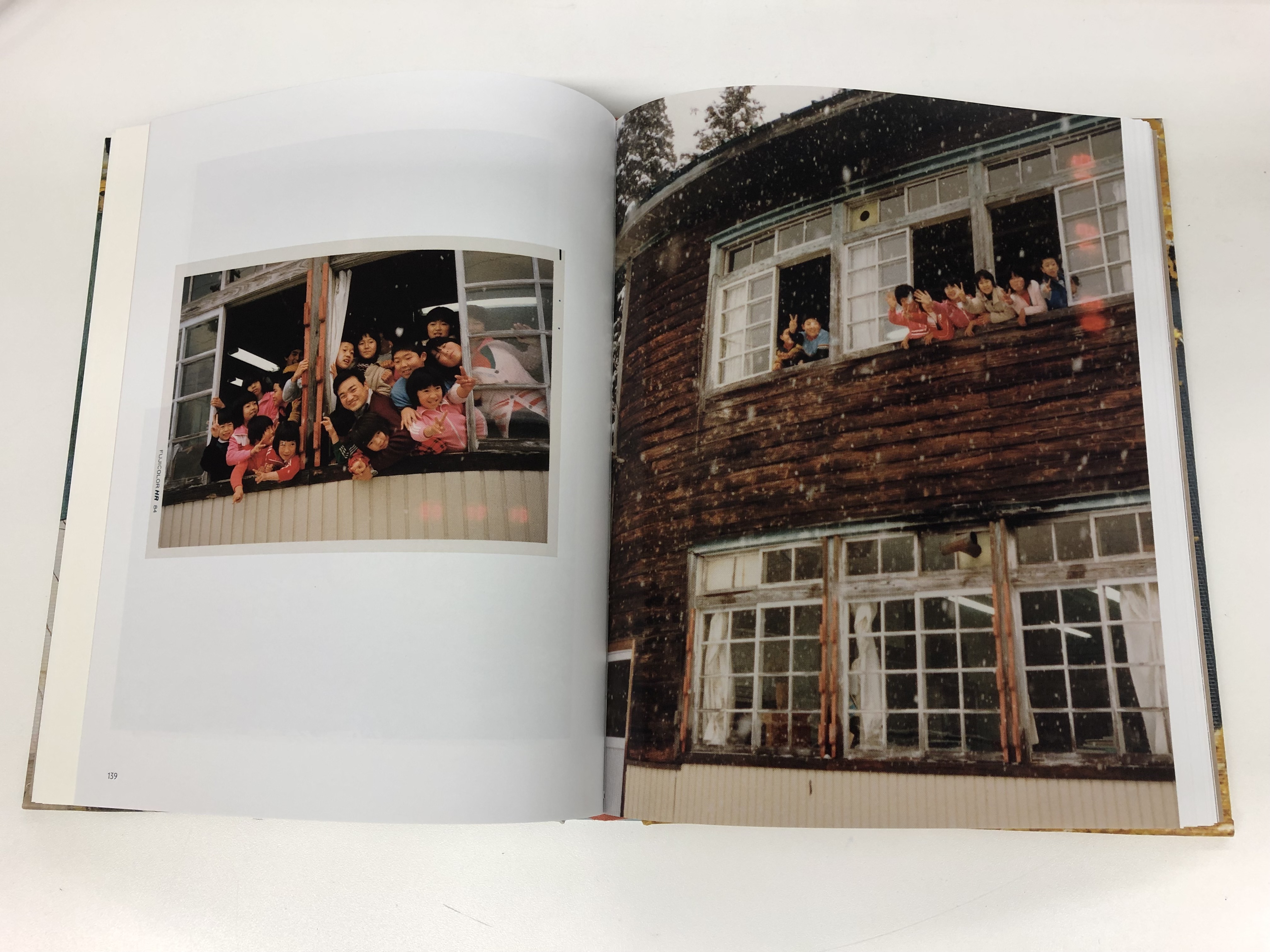
◆ Overview ◆ * Advance reservations are not required, but admission may be restricted during times of congestion.
Exhibition name: Walls & Bridges Touching the world, living the world Date: July 22nd (Thursday / holiday) -October 9th (Saturday), 2021
Opening hours: 9: 30-17: 30 (Enter until 30 minutes before closing)
Closed days: Monday (open on Monday, September 20th), Tuesday, September 21st
Venue: Tokyo Metropolitan Art Museum Gallery A, B, C
Admission fee: General 800 yen / 65 years old and over 500 yen ・ Free for students and younger ・ Free for people over 80 years old ・ Free for foreign nationals ・ Handicapped person’s notebook ・Free for those who have a love notebook, nursing notebook, mentally handicapped person’s health and welfare notebook, and A-bomb survivor’s health notebook (up to 1 person) * Please bring something that can be proved on October 1st (Friday) is “Tokyo Citizen’s Day”, and anyone can present a ticket (stub) for the special exhibition “Isam Noguchi Discovery Road” and “Goch Exhibition: Resonating Souls Helene and Fincent”. 300 yen discount from the price and various other discounts Organizer: Tokyo Metropolitan Foundation for History and Culture Tokyo Metropolitan Art Museum Inquiries: Tokyo Metropolitan Art Museum 03-3823-6921
Special website: https://www.tobikan.jp/wallsbridges
Article provided by: Kokoshiru Ueno
See other exhibition information
[Tokyo Metropolitan Art Museum] An exhibition that traces the records and memories of (free viewing)
Tokyo Metropolitan Art Museum

“Records and memories of <Ueno> traced in the Tokyo collection”
Tokyo Metropolitan Collection Exhibition-Records and Memories of Ueno
Dates: November 17, 2021 (Wednesday) -January 6, 2022 (Thursday)
While it is popular as a cultural area where museums and zoos gather in and around Ueno Onshi Park, Ameyoko, where retail stores and restaurants are crowded, is also synonymous with the land called <Ueno>. From the past to the present, a wide variety of people have come and gone in this area, which has become the stage of various history, and many works and records on this subject have been produced.
In this exhibition, about 60 works and materials related to <Ueno> will be exhibited from the art collection held by Tokyo. Please rediscover the charm of <Ueno> that attracted the artists, and spend a time thinking about what happened here and the people who existed here. When you leave the museum, a different landscape may spread in front of you.
◆ The highlight of the exhibition
1 Modern <Ueno> recorded and handed down in prints
Recorded and conveyed through the media of prints, such as ukiyo-e prints that capture historical events such as the Boshin War and the domestic business expo in the Meiji era, Kazuma Oda’s stone prints, Koshiro Onchi, Unichi Hiratsuka, and Shizuo Fujimori. You will follow the appearance of the modern “Ueno” that was created.
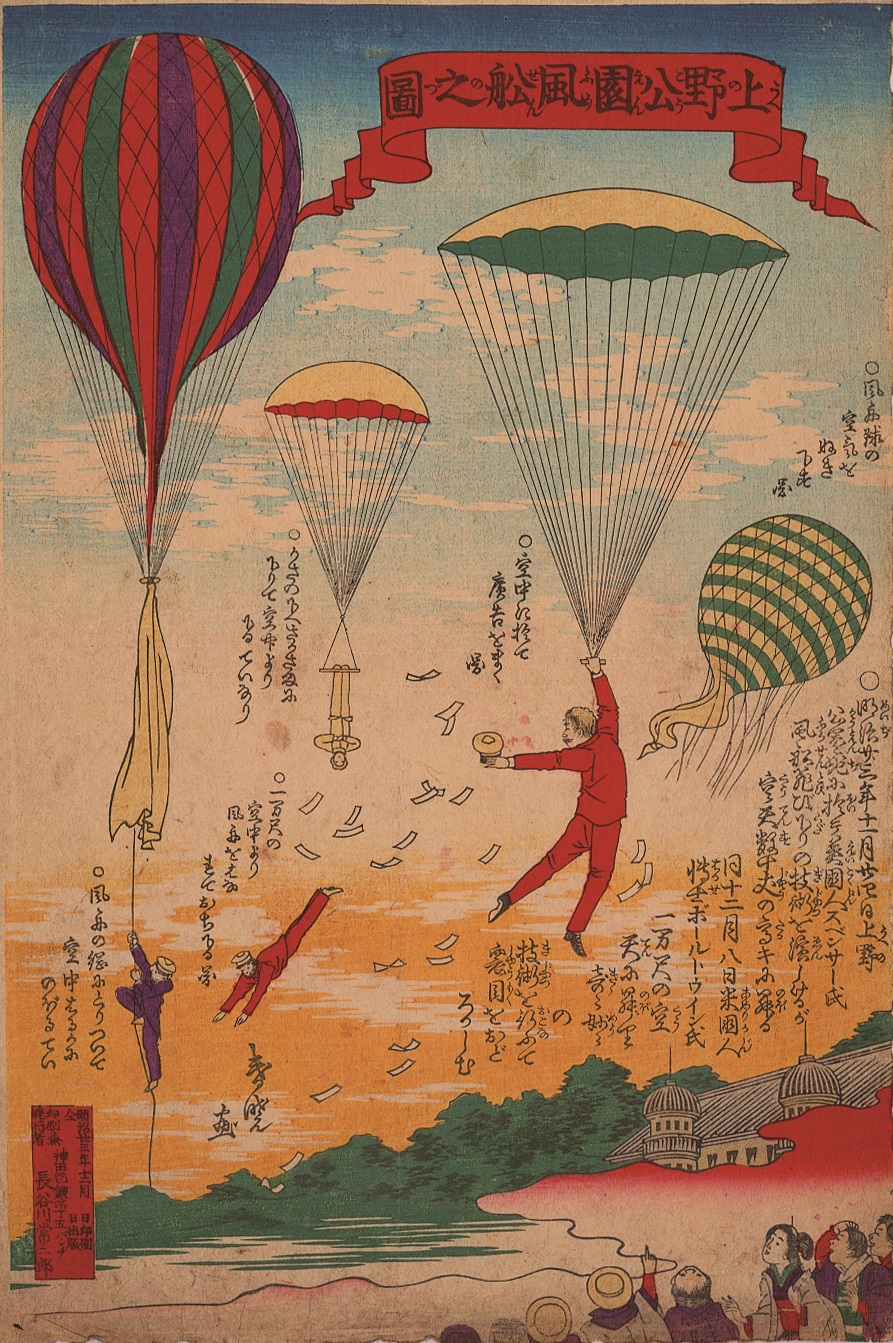
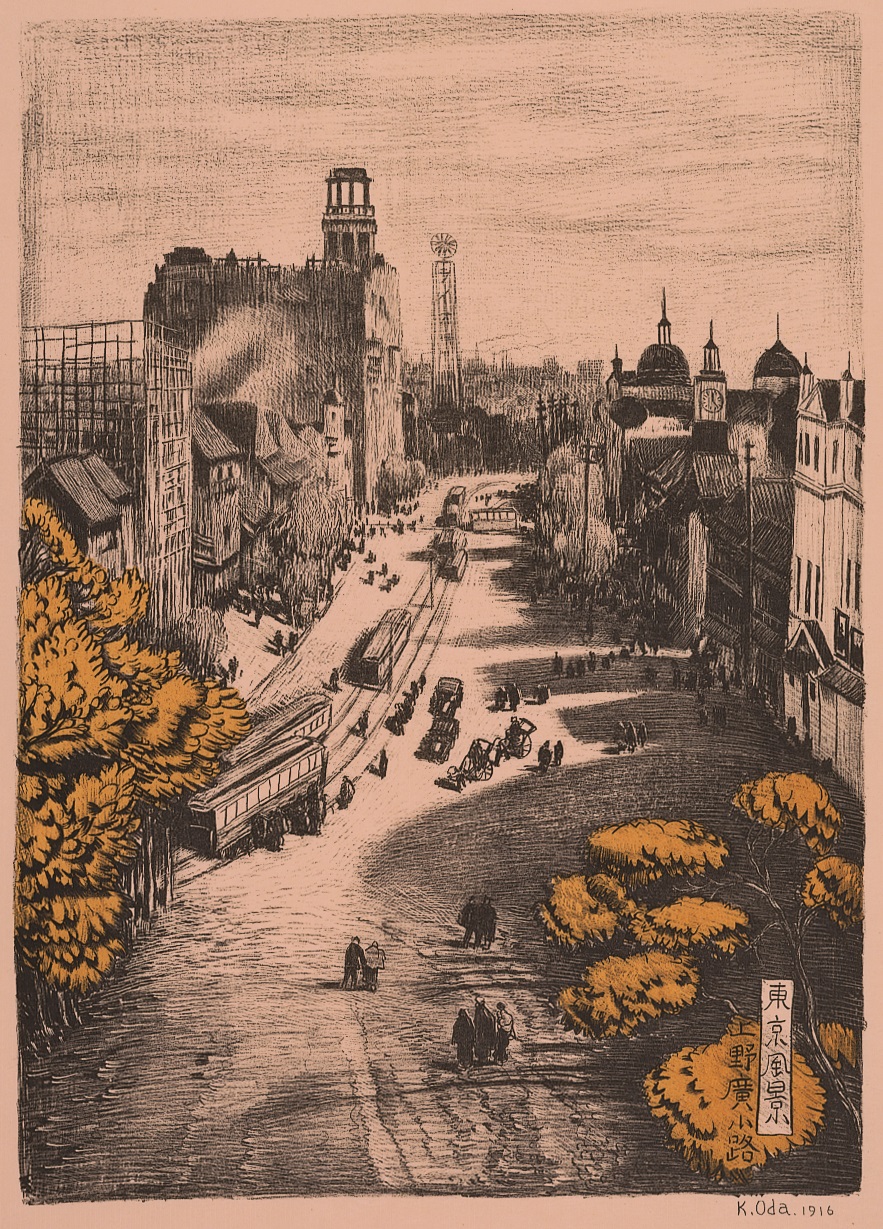
2 Pre-war and post-war <Ueno> recorded and drawn by various artists
Pre-war and post-war <Ueno> photographed by Kineo Kuwabara, Hiroshi Hamaya, Ihei Kimura, Tadahiko Hayashi and others. After the end of the war, the figure of people sleeping in the underpass of Ueno Station drawn by the painter Teruo Sato. In addition, through photographic works by Tomoko Yoneda on the subject of prewar and wartime intelligence activities, we will reconsider the disappearing memories of “War and <Ueno>”.
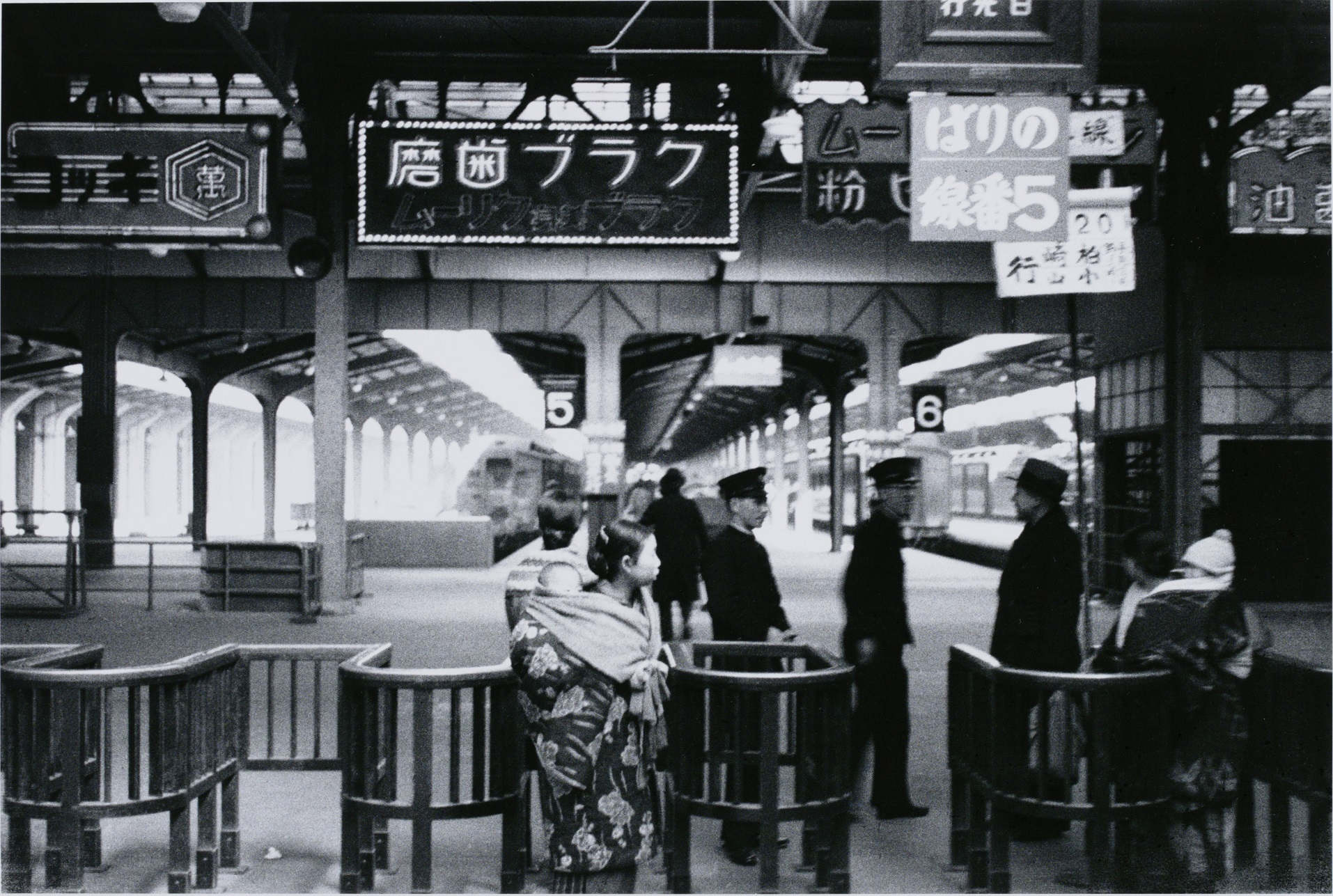

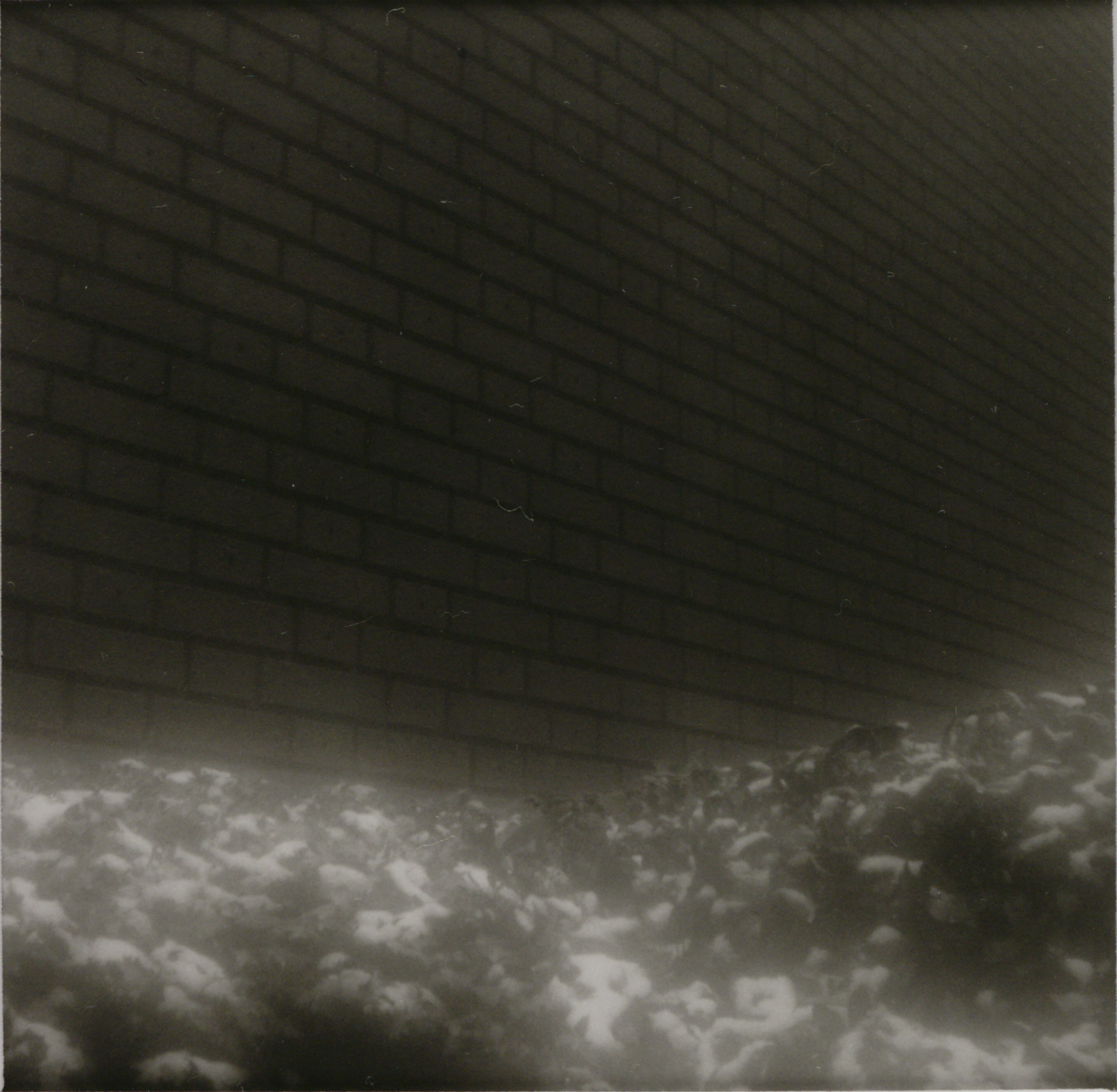
◆ Basic information about the exhibition <br /> Exhibition name: Records and memories of <Ueno> traced in the Tokyo collection
Tokyo Metropolitan Collection Exhibition-Records and Memories of Ueno
Dates: November 17, 2021 (Wednesday) -January 6, 2022 (Thursday)
Venue: Tokyo Metropolitan Art Museum Gallery B
Closed days: December 6, 2021 (Monday), December 20 (Monday) -January 3, 2022 (Monday)
Opening hours: 9: 30-17: 30 (Enter until 30 minutes before closing)
Admission: Free Organizer: Tokyo Metropolitan Foundation for History and Culture Tokyo Metropolitan Museum of Art Collaboration: Tokyo Metropolitan Foundation for History and Culture Tokyo Metropolitan Edo Tokyo Museum, Tokyo Metropolitan Museum of Photography, Tokyo Metropolitan Museum of Contemporary Art Exhibition Website: https://www.tobikan.jp/exhibition/2021_collection.html
Contact: Tokyo Metropolitan Art Museum 03-3823-6921
Simultaneous holding: Ueno Artist Project 2021 “Everyday Life: I am reborn”
https://www.tobikan.jp/exhibition/2021_uenoartistproject.html
Article provided by: Kokoshiru Ueno
See other exhibition information


